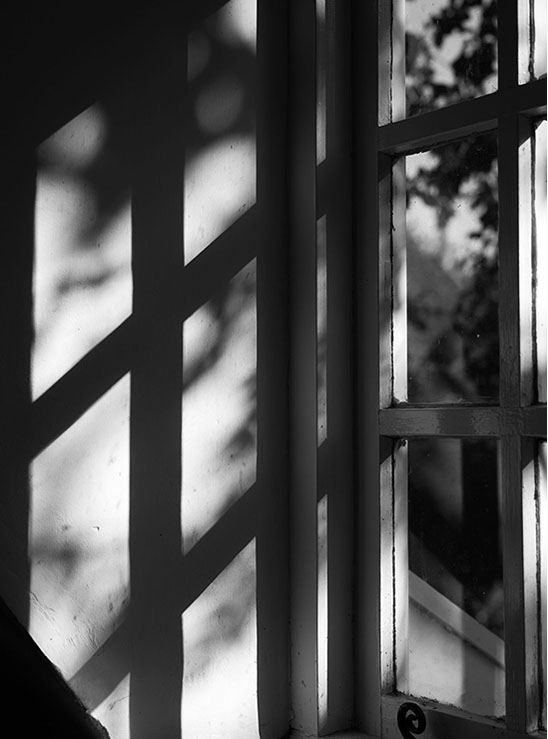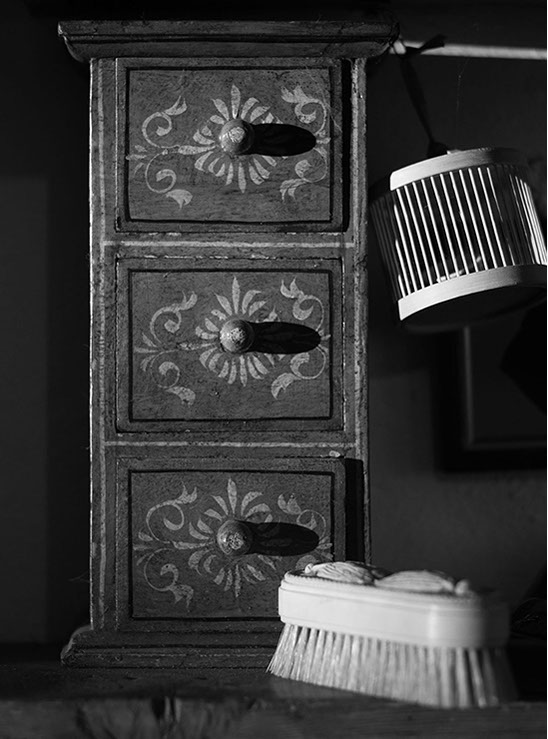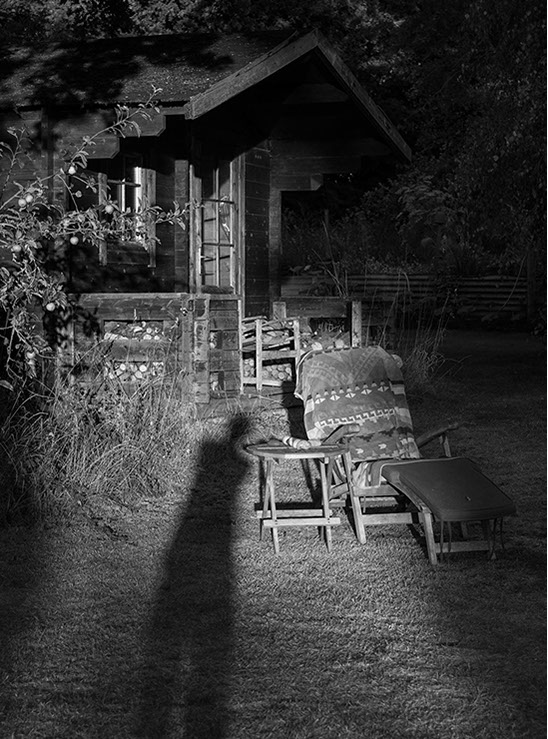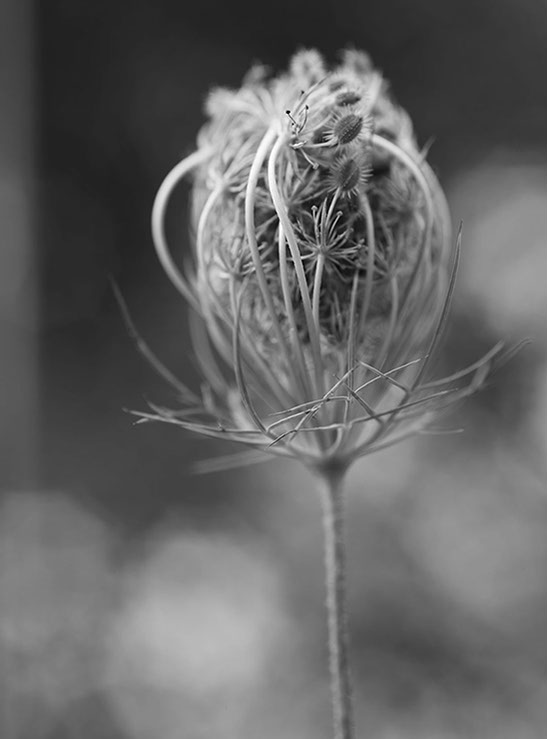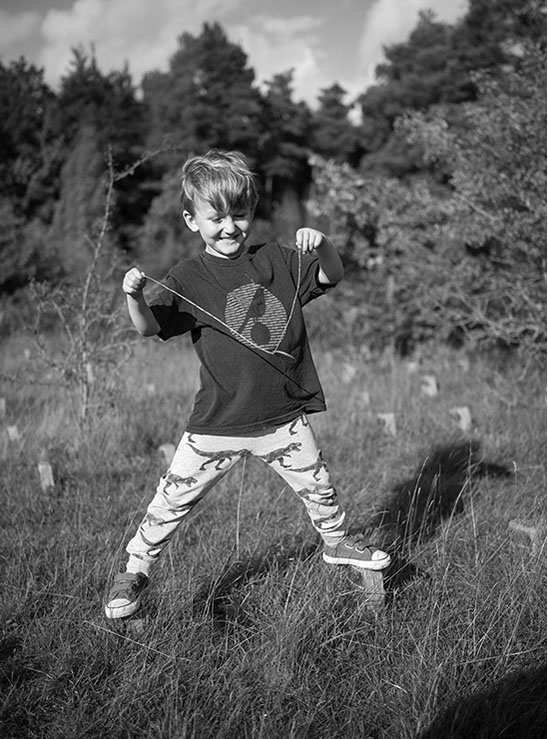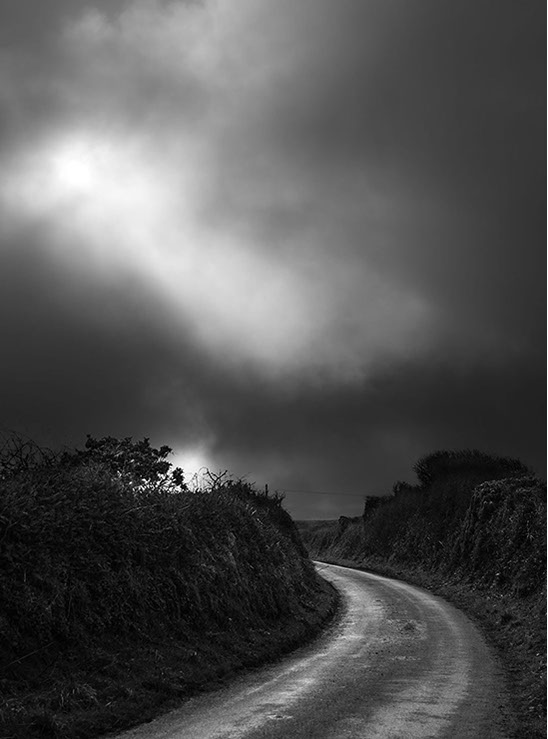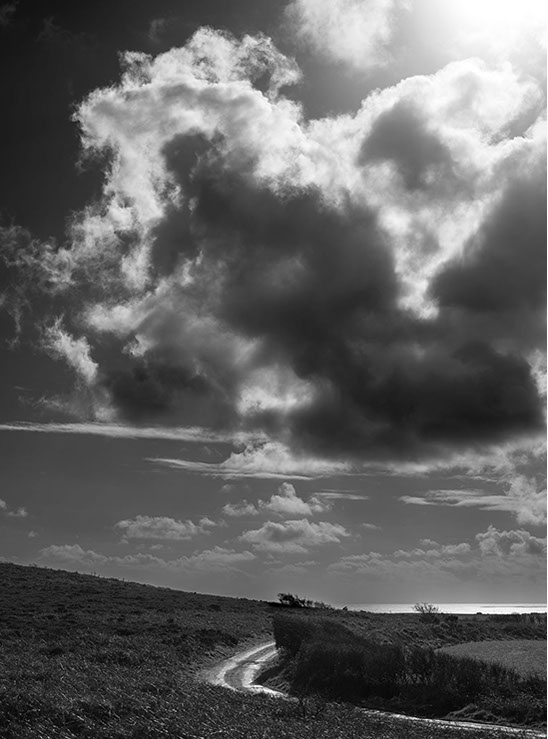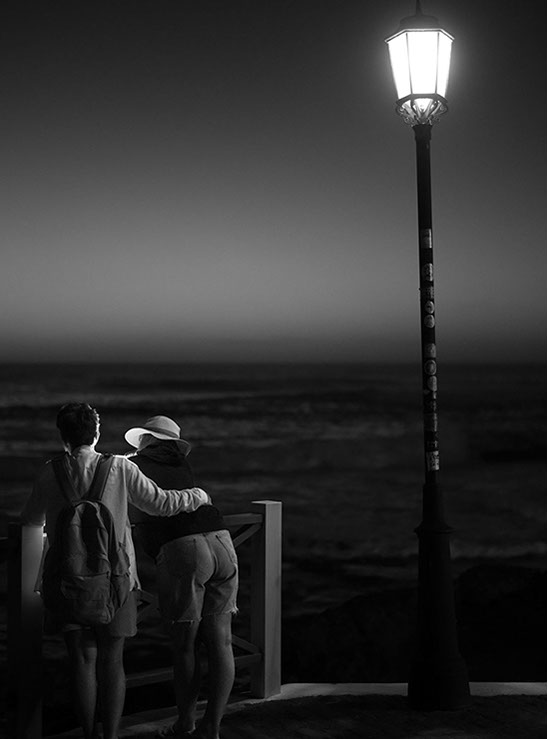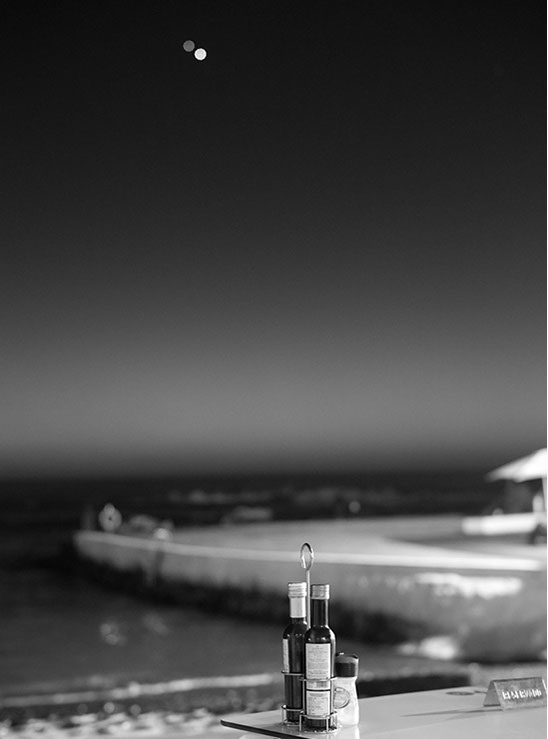Making sense of Dado's mess
Leica M11M ISO 800 1/160th f2 35mm APO Summicron M
Introduction
Normally one expects around a 5 year product cycle from Leica, but It's only just over 3 years since the release of the M10 Monochrom and only just over a year since the release of the M11 itself.
Leica have decided that the Monochrom is important enough to bring it further forward in the product cycle, which is no surprise when you realise how popular the previous Monochrom cameras have been.
Next month it will be 11 years since the original (and still much loved) CCD based M9 Monochrom was announced, at the time it seemed to be an incredibly brave and risky venture, but it proved to be a great success (I still have mine and use it occasionally).

Matty
Leica M11M ISO 1000 1/320th f4.8 75mm APO Summicron M
I've spent a little over 8 months with the new camera, which has given me time to really get to know it. Unfortunately I did not have an M10M to compare it with, but I can't imagine that image quality differences between the two alone are likely to be the reason for an upgrade. There are, however many other good reasons!
First of all I'm going to look at the differences between the M11M and the M10M with respect to hardware and firmware, this was well covered in my M11 review last year, but I think it's worth revisiting as it's easy to forget what a big upgrade the M11 actually is, and some things have become clearer (and improved) over the last year.
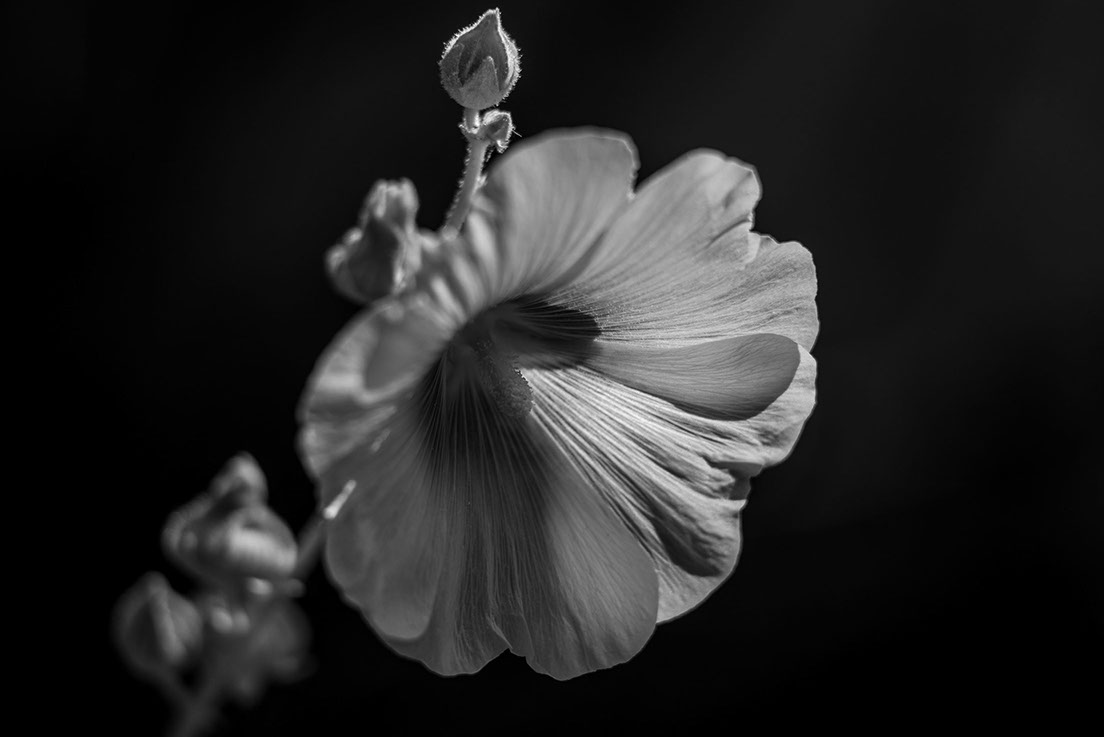
The Last Hollyhock
Leica M11M ISO 125 1/4000th f3.4 75mm APO Summicron M
After that I'll look at some comparisons with the M11 itself to try and get a handle on the advantages of the Monochrom over it's colour sibling. I will be examining detail and high ISO performance together with a quick look at colour response (including a short comparison to the original M9 Monochrom).
Finally I'll have a look at the changes in FOTOS which make it so much more satisfying to use with the M11 cameras.
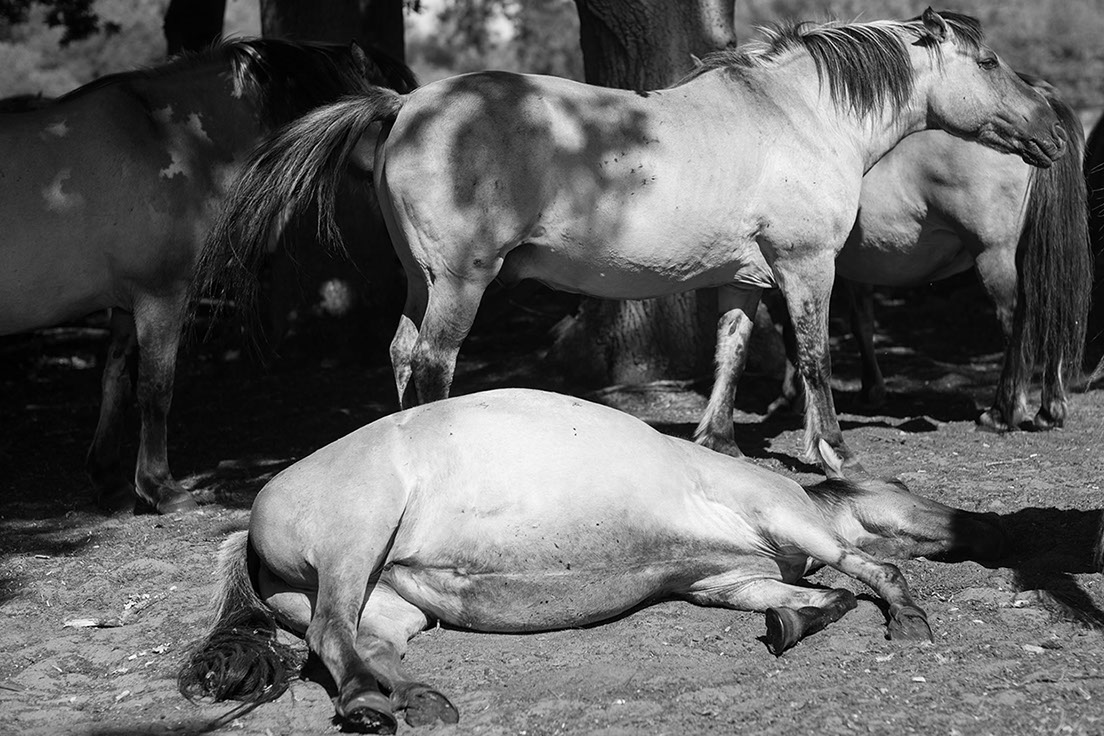
Snoozing in the Sunshine
Leica M11M ISO 125 1/4000th f3.4 75mm APO Summicron M
Hardware Changes from M10M
Lets start by looking at what Leica have changed with the M11 (and there is a lot!).
The Body
Superficially the M11M looks very much like the M10M, the dimensions are identical and everything appears to be in the same place. However a closer examination shows a lot of differences.
First of all, there is no base plate. This has proved quite an emotional issue for lots of M users - indeed some have not upgraded to the M11 because of it.
The base of the M11M holds a battery (and battery release switch which is the same design as that on the SL2 and Q2 cameras). The battery however is different. more about that later.

Chatting
Leica M11M ISO125 1/1000th f3.4 75mm APO Summicron M
New Button layout
The M11M has 3 buttons to the left of the LCD like the M10M, but they have been changed to Play / Fn / Menu options like the SL2 and the Q2, The Fn key defaults to turning on and off Live View, but it can be configured to any other function as desired.
The rear plate has been tidied up a bit - the buttons are now separate from the LCD, and the LCD is flush with the top plate and base of the camera.
The front configureable button on the M10 has gone, but there is a new button on the top plate (in the position of the Video button on the M(240). Like the Fn (above) this button can be configured to default to any particular menu option (I have it set to magnification like the old front button on the M10).

Hiding
Leica M11M ISO 125 1/1000th f3.4 75mm APO Summicron M
The third function button is accessed by a press of the rear thumbwheel: A short press of either of the Fn buttons will bring up the last selected menu option. A long press brings up the menu of available menu options, if you choose this, then it will be used as the default next time. The thumbwheel itself can be set either to Focus Assist, or to Exposure compensation.
The 4 way rocker switch hasn't changed, but now it is only used for navigation and confirmation. Pressing the central button doesn't bring up the status screen as it did in the M10 as all the status information is now included on the Quick Menu screen.
To summarise, there are now 3 function buttons, each of which can be configured as desired and the thumbwheel can be used in the same way as the M10. I'll go into the Menu options in more detail later on.

Butternut Squash
Leica M11M ISO 2000 1/180th f2 75mm APO Summicron M
The Finish
The New M11M comes with a Black Paint finish over an aluminium top plate. The new black paint is a modern solution and kinder to the environment.
The camera is also a a whole 20% lighter than it would be with a brass top plate. This is quite a significant difference and will be relevant to many buyers. Personally I would rather it was brass, but that's just me!
After almost 2 years with my M11 (same paint) I can report that the finish is incredibly tough. There have been trips to sandy beaches in Crete and the Canaries and there have been rainstorms in the UK, the finish only shows signs of being slightly shiny on the corners (with the same treatment the SL2 and my Q2 Mono looked decidedly used, with worn corners and lots of bright points). I've been using a shoulder strap which rubs against the camera all the time (with no protector) and there is little sign of wear on the paint above the strap lugs. What's more the black finish is more 'grippy' than either the chrome or the old black finishes.
The M11M also loses the Red Dot and replaces it with a screw, Monochrom is engraved on the top plate, but is not filled in, and the A on the ISO dial is grey. The back plate has Leica Camera Wetzlar - Made in Germany engraved, also unpainted. All very tasteful and stealthy. As far as I can see the finish on my 7 month old Monochrom is the same as the day it arrived last September.
Summer Morning
Leica M11M ISO 125 1/640th f11 50mm APO Summicron M
Battery Box
Leica M11M ISO 3200 1/180th f4.8 75mm APO Summicron Asph
New Battery
One of the obvious shortcomings of the M10 was the battery life, especially when using the EVF. The new battery for the M11 is properly weather-sealed and fits into the base of the camera in the same way as the Q2 and SL2 battery (with a similar latch mechanism).
It would have been good if the new camera used the same battery as the Q/SL, but in that case they would have had to have a new compartment to hold the SD card, and as always with the M cameras space is at a premium.
So the new battery leaves room for an SD card slot on one side of it, the only downside is that the release lever is obscured when the camera is mounted on a tripod, it would have been nicer if you could change battery/card without having to take the camera off the tripod. On the other hand, with the greatly improved battery life and the internal memory perhaps that isn't quite so relevant.
Sauna Sunshine Splash (summer evening)
Leica M11M ISO 800 1/320th f11 75mm APO Summicron M
Worlds Within Worlds
Leica M11M ISO 125 1/320th f5.6 75mm APO Summicron Asph
The battery life is a huge improvement (CIPA suggests 700 images per charge), On occasions with the M10 I've used 3 batteries in a day, but on the M11 I've only once exhausted a battery in a day's shooting (a wedding), even with the camera switched on, the power saving switched off, and using the EVF full time.
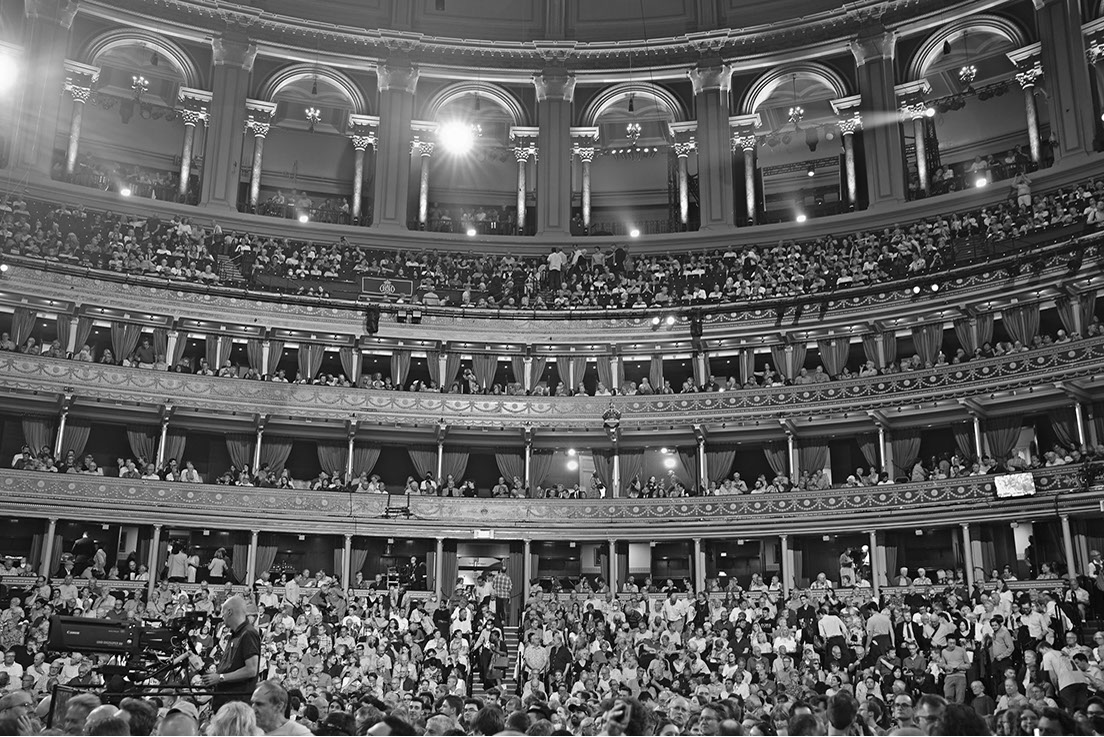
Mahler at the Royal Albert Hall
Leica M11 ISO 3200 1/30th f8 35mm APO Summicron M
256 Gb high speed internal memory
The internal memory is an alternative to a second SD card slot (and presumably takes up less space). The M11M has 256Gb unlike the M11 which only has 64Gb.
If, like me, you are prone to grab a dog and a camera and head out into the world, only to find that you left your SD card in your computer, then the internal memory is a real bonus. The only downside is that you have to connect to the camera via the USB cable to get files from it, either that or else copy files from the Internal memory to an SD card (which is simple and works better).
You can choose various ways to handle the INT storage together with an SD card;
- SD first (uses SD until full then INT)
- Backup (writes files to both together)
- Split (DNG on INT jpg on SD)
- SD Only
- INT first (uses INT until full then SD)
- Split (jpg on INT, DNG on SD)

Noses
Leica M11M ISO 640 1/160th f2.8 75mm APO Summicron M
The internal memory is extremely fast. In my tests it is slightly faster than a SanDisk 128Gb Extreme Pro 300mb/s UHS-II SDXC for short bursts and about 20% faster for extended shooting.
It would be nice if the Internal memory could be configured as Mass Storage, but PTP is the only available option. However, with a USB-C cable connected to my MacBook Pro, Lightroom reads the internal memory well, it's a little slow, but it does work. It's worth noting that PTP will also read the SD card, so it will show duplicates if you've been using the Internal Memory as a backup. Lightroom shows images for both SD and Int, so you can choose what you want, by default it doesn't tick two identical files.
When the M11 first appeared I felt that it would have been better to have two SD card slots, but increasingly I think this is a better option, especially with the extended internal memory of the Monochrom.
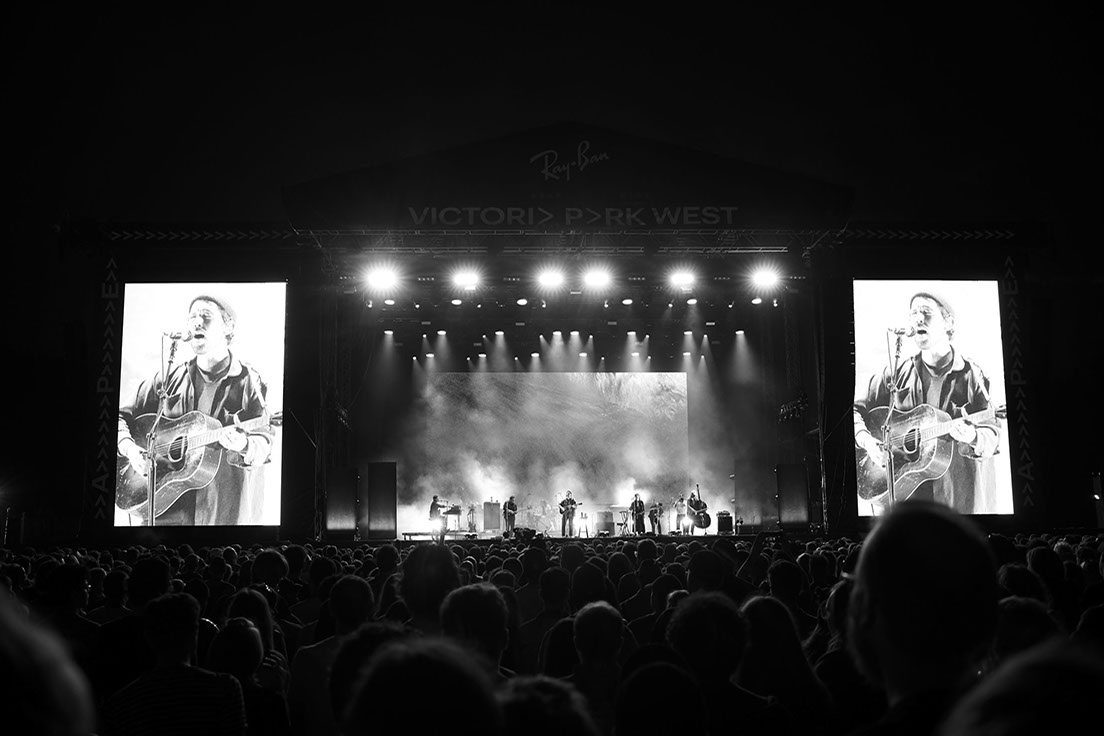
Mogwai
Leica M11 M ISO 2500 1/160th f5.6 35mm Summilux Asph CF
High Speed Shooting and the Buffer
The camera also has a 3Gb buffer, which is enough for 15 DNG images and as many as 100 JPG images. There are two high speed shooting modes, one at 3 frames per second and the other at 4.5
New Maestro processor
The M11M has the Maestro III processor which is used in the SL2 and the and the M11 to allow much faster processing and better power consumption.
60mp Sensor
The M11M has the same 60mp Back Side Illuminated CMOS sensor as the M11. However, without the colour filter array this provides a real improvement in ISO sensitivity, dynamic range and noise performance. The base ISO is 125 (as opposed to 64 in the M11).
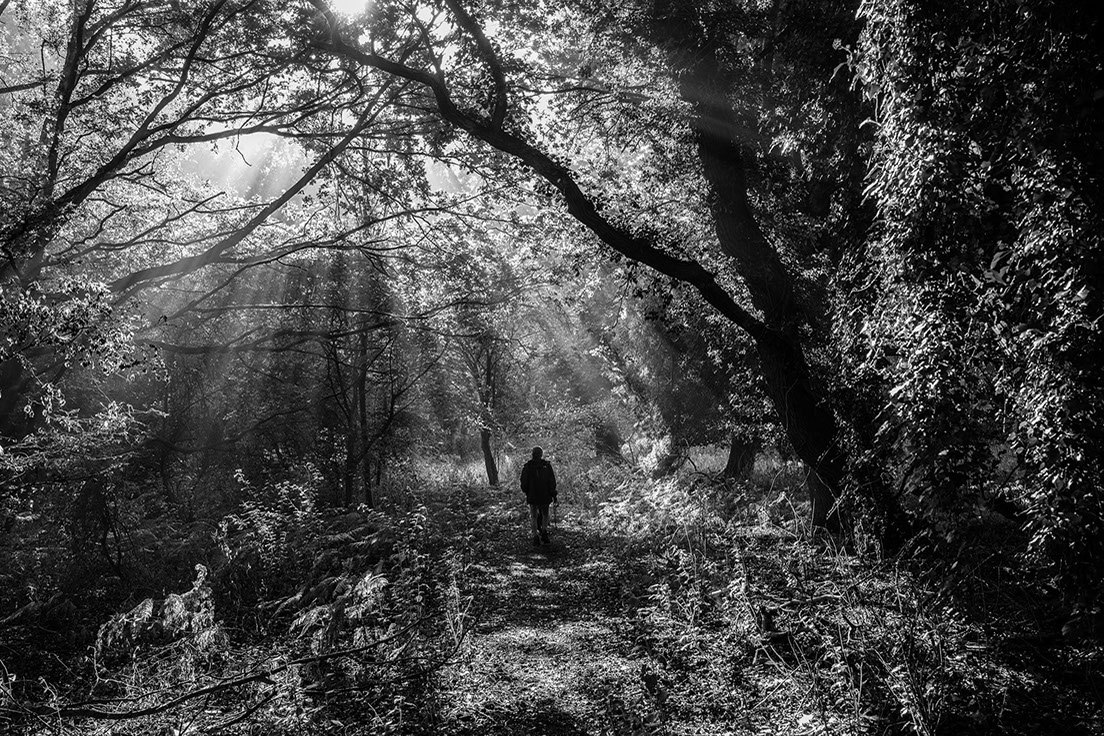
Summer Sunbeams
Leica M11 M ISO 500 1/160th f8 35mm APO Summicron M
Electronic shutter
With the M11, like the SL2, you can choose
Mechanical
Hybrid
Electronic shutter
With the mechanical shutter you have the same limit of 1/4000th as the M10, Hybrid uses the electronic shutter when the speed required is over 1/4000, Electronic uses electronic shutter at all speeds. The Electronic shutter goes up to 1/16000.
The electronic shutter is fantastic for using fast lenses in bright light, but not for capturing sports or fast moving action. The readout on the electronic shutter takes about 1/10th second (CMOS sensors read line by line). This means that if objects are moving fast through the frame then you get tilted verticals.
It isn't good for shooting in artificial light either, the slow readout means you will get banding in most light situations
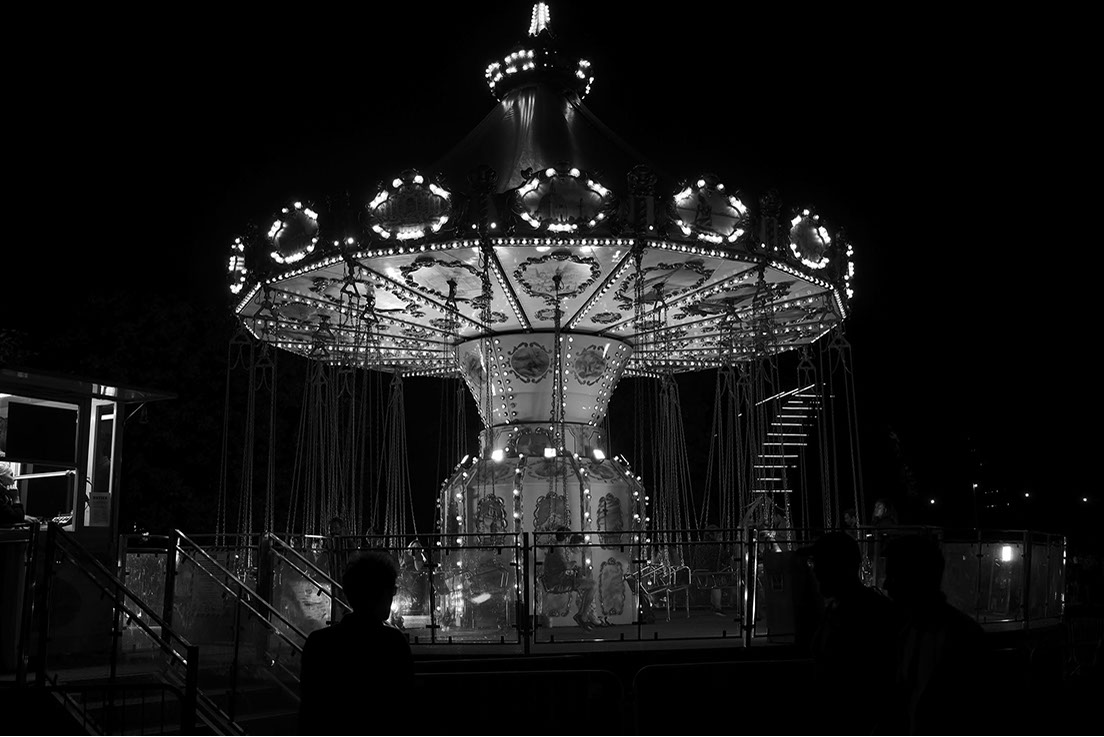
Roundabout
Leica M11 M ISO 1250 1/160th f8 35mm Summilux Asph
However, for static or slow movement when you want to shoot wide open in bright light it's a real asset. The issues relating to slow readout are found in many cameras which have progressive electronic shutters (think Sony A7R IV and V). The Global Shutter found in the Sony A1 solves this problem, but at the expense of some image quality.
Worth noting that if you have set the camera to electronic shutter and you want to select shutter speeds above 1/4000th then you need to set the shutter speed dial to B, and you can then select the desired shutter speed in the menu.
I've found that it's best to set the camera to hybrid shutter, that way it uses the mechanical shutter up to 1/4000 and the electronic shutter beyond that. This avoids problems related to the slow readout of the electronic shutter.
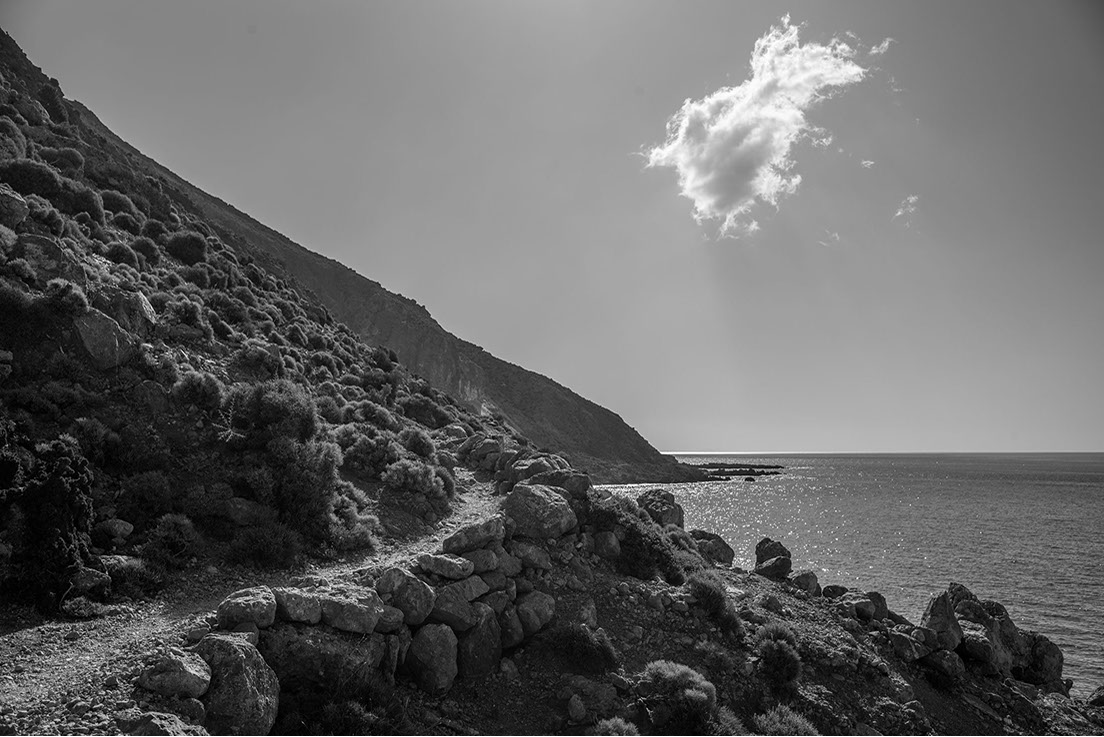
From Loutro to Glykanera
Leica M11 M ISO 125 1/1600th f2.4 35mm Summilux Close Focus
USB - C
The Camera has a USB-C connector on the base at the extreme right (looking from the back). Not such a big deal you might think, but actually this is a real game changer. I'm going to discuss this at length later on in the article, (in Cables and Compatibility, and also in the FOTOS section).
Enough now to say that it works really well for charging the camera (and quickly), and also for connectivity to computer / tablet / phone. There is no cover for it (just as there isn't in most modern phones), but it is weather sealed and dust doesn't seem to be a problem.
To connect to an iOS device with a lightning port you'll need Leica's special MFI compliant cable. To connect to most other devices a USB-c to USB-c cable works fine although I found difficulty connecting with an Apple USB-C thunderbolt 3 cable, all USB-C cables are not made the same! My feeling is that the M11 is less fussy than some of the other devices I've tried to attach. Having said that, despite what it says in FOTOS the WiFi is about twice the speed of the Leica MFI compliant cable.
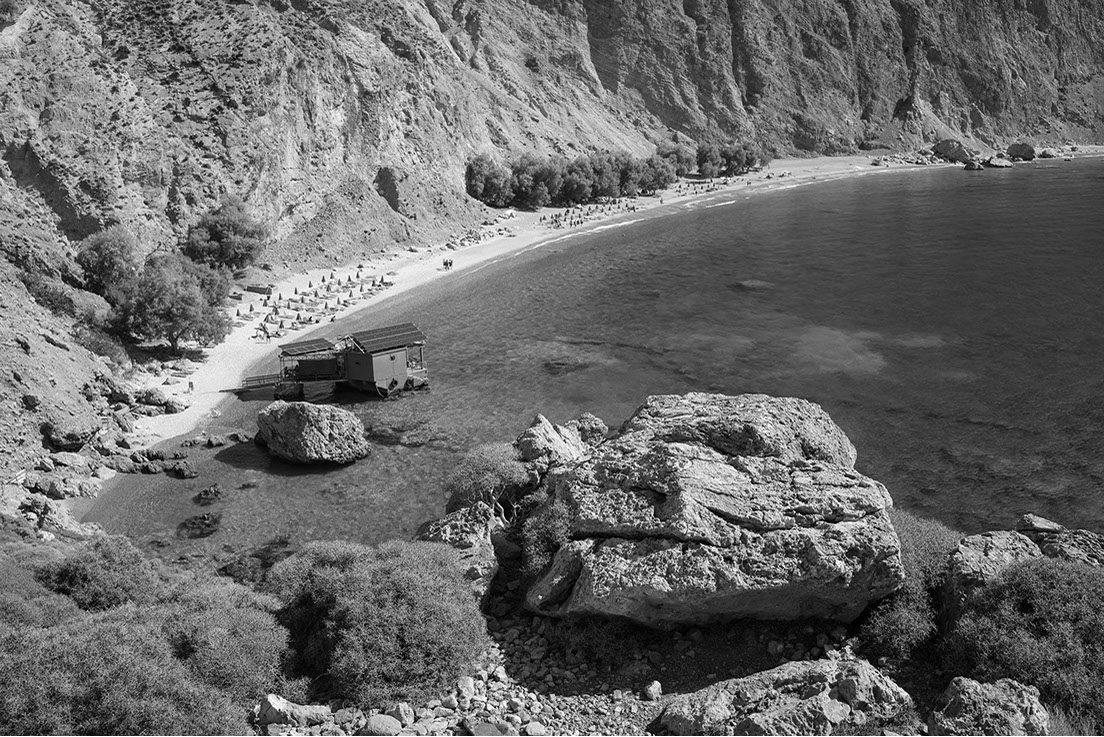
Glykanera (Crete)
Leica M11 M ISO 125 1/320th f16 35mm Summilux M
The New External EVF
The new EVF is a 3.7Mp OLED display, which sounds very much like that in the Q2 and certainly it feels that good.
It's very nicely made out of metal, tilt-able, with magnets to stop it tilting when you don't want it to. It has clear and useful detents at 45 and 90 degrees.
It suits the camera really well, flush with the body at the front, and although it's bulky, it's not as tall as the previous EVF, which means it fits better in your bag. The hot shoe connection is much more positive as well, making it less likely to fall off - mind you, a lock would have been nice!
There is still some 'black out' after shooting, and so it isn't quite so good for continuous shooting as the Q2.
Comparing it to the previous EVF on my M10-R the image is much larger and brighter and more detailed.
In this case the proof is in the use. With my M10 I almost never used the EVF, but with the M11 I've used it extensively. I think those who are lucky enough to have Noctiluxes will be very happy with it as well!
The new EVF also works with all M10 variants, however the image is 'cropped' and I didn't find it much of an improvement over the original Visoflex.
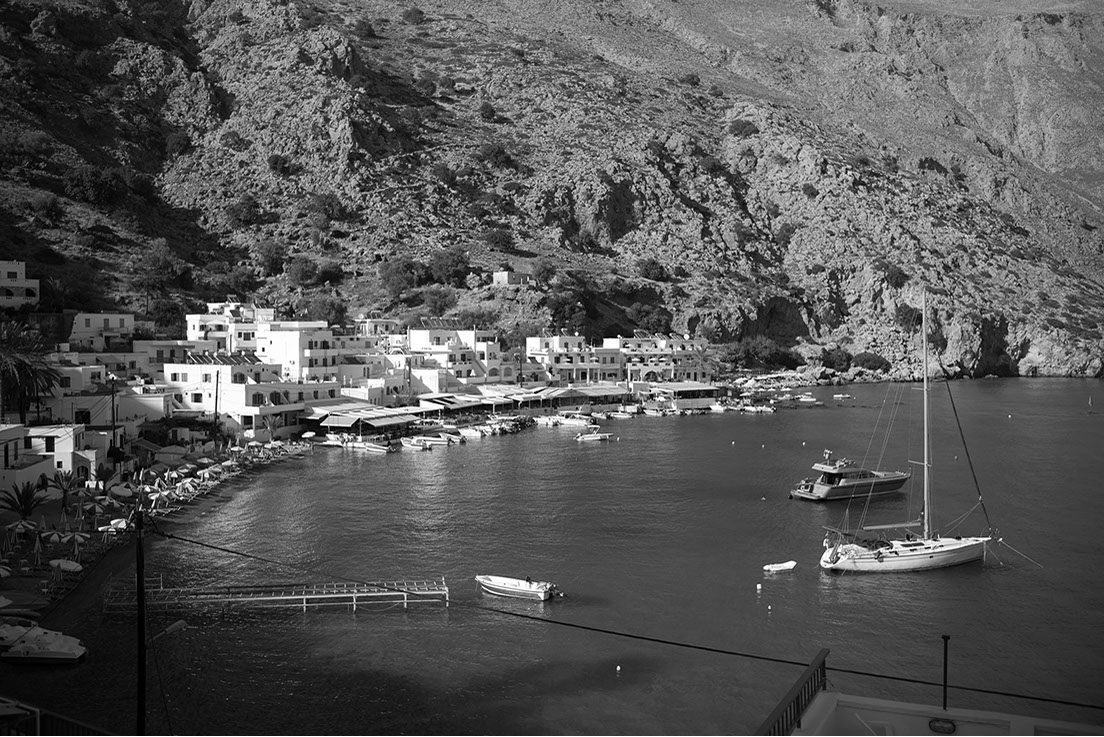
Loutro
Leica M11 M ISO 125 1/3200th f2.8 35mm Summilux M Close Focus
Software Changes from M10M
Variable Sized DNG Files
This is an interesting idea, and something Nikon have been doing for some years. This is not a crop, it's a full frame image, but with a lower Megapixel count - with either 60, 36 or 18mp. They use Pixel Binning to achieve this.
3 different sizes
60mp 9504 x 6320
36mp 7416 x 4928
18mp 5272 x 3498
I've done some pretty careful test comparisons of the different image sizes, and although there is an improvement in noise levels with the lower pixel counts (as you might hope for), reducing a 60mp image in Post Processing software has a similar effect.
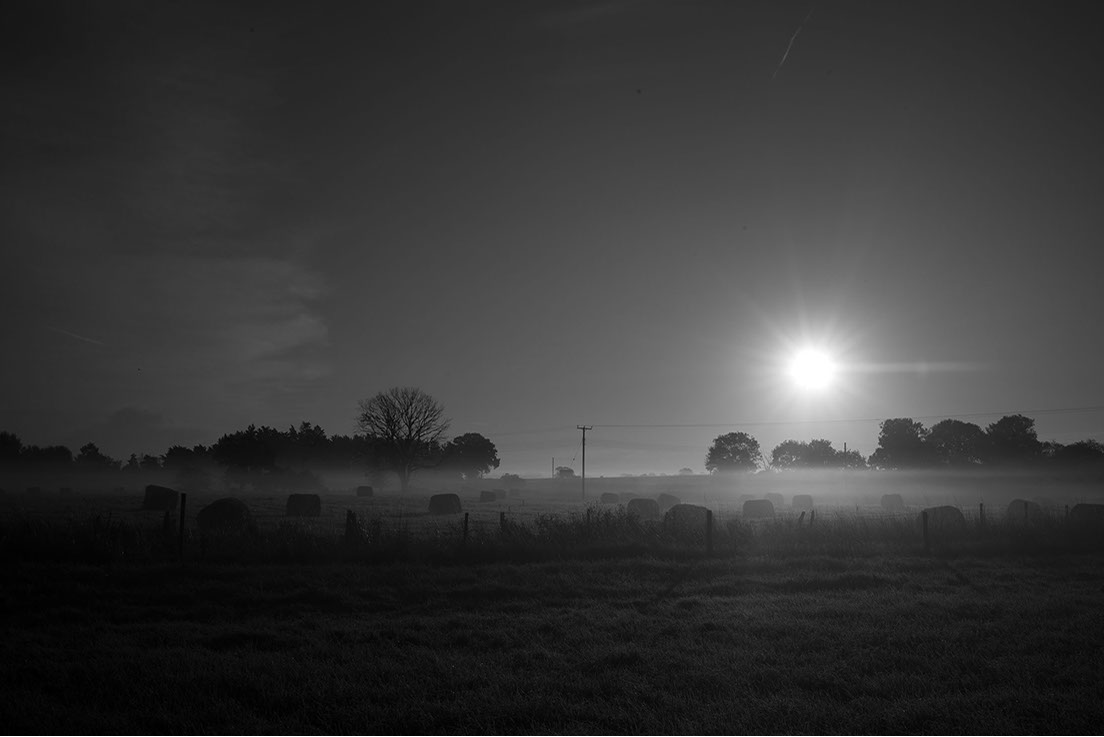
Sunrise
Leica M11 M ISO 125 1/1000th f11 35mm Summilux M (close focus)
On the other hand I'm always reading about people who don't want the increased storage space of higher Mp files, and this gives you the best of both worlds in that you have the opportunity of more pixels, but you can shoot at lower pixel rates for less important shoots or when storage is at a premium.
If you shoot DNG+ lower resolution JPG files then the JPG files also have the lower resolution.
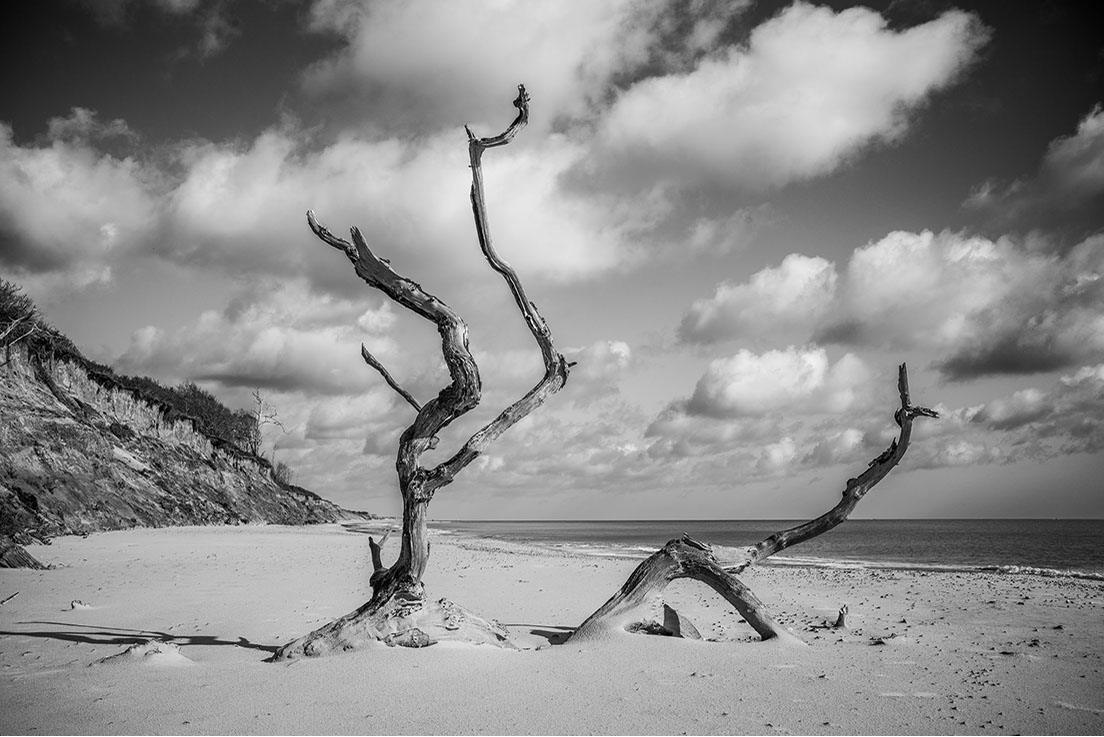
Covehithe
Leica M11 M ISO 125 1/1250th f8 35mm APO Summicron M
Digital Zoom (Crop Mode)
This works the same way as on the Q and Q2, and you need to use it in conjunction with the rear screen or the EVF.
Off 9504 x 6320 (60mp)
1.3x crop 7680 x 5104 (39mp)
1.8x crop 5248 x 3472 (18mp)
This can either be chosen through the menu or it can be allocated to one of the function buttons - You choose 1.3 crop or 1.8 crop and Live View framelines are brought up separately for each crop. Whilst the EVF/LCD still shows the entire sensor.
If you are shooting with a 28mm lens that equates to approximately 36mm and 50mm, with a 35mm lens it will be approximately 45mm and 64mm etc. The EVF only shows the frameline for the chosen crop (1.3 or 1.8)
The DNG file shows as cropped in Lightroom: Using the crop tool will show the whole image with the crop lines. (Again, just as it does in the Q2)
If you have selected a Lower resolution DNG or JPG file and then you choose Digital Zoom the camera will revert to full sized DNG/JPG (quite right as well).
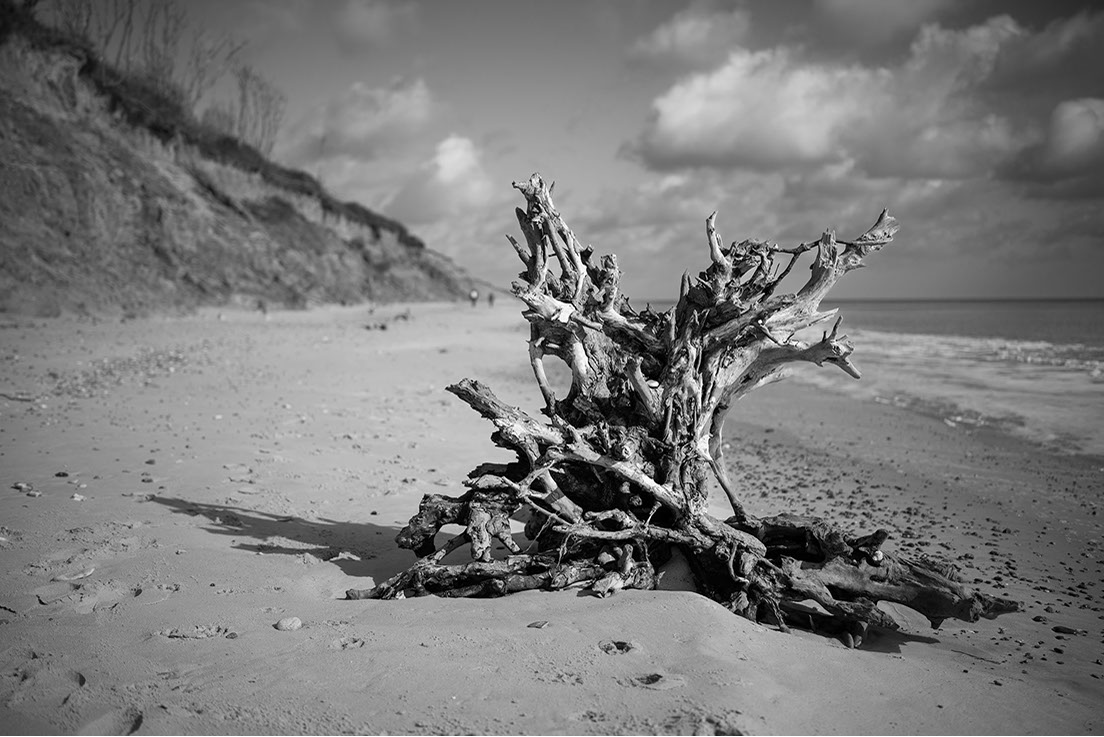
Rooted No More
Leica M11 M ISO 125 1/1600th f2 35mm APO Summicron M
Changed Menu System
The Menu system in the M11M (like the M11) has been changed a lot to be similar to the menus in the SL2 and Q2, this might not be to everyone's taste, but it has to make sense. I'm certainly grateful as it makes event shooting with the M11 and the SL2 much simpler.
Pressing the Menu button once brings up a touch screen quick menu just like that on the SL2 and Q2. Pressing it twice takes you to a favourites menu with items which can be switched off and on in the Customise Control / Edit Favourites. If nothing is chosen then the favourites menu is omitted and the second press of the menu button takes you to the menus themselves.
With the M10 I found the favourites very useful, but with the M11 the quick menu really has everything that I need quickly, and the main menus are better organised than they are in the M10 (this is pretty subjective stuff, but I like them better).
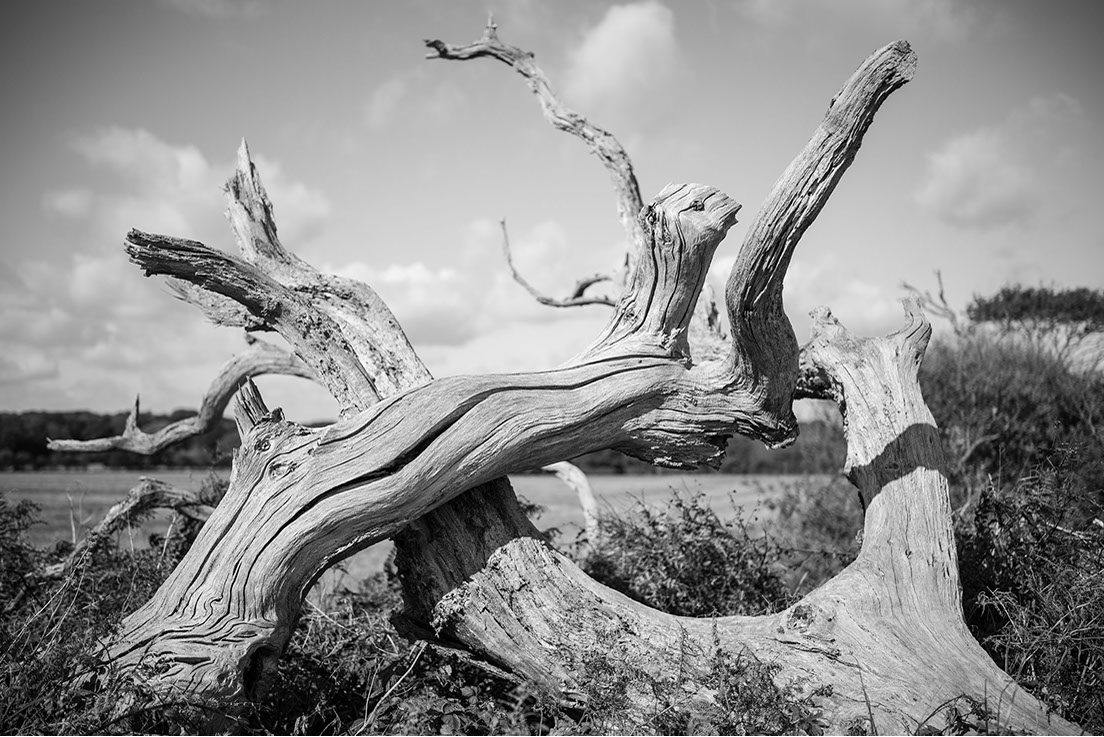
The Tangled Web We Weave
Leica M11 M ISO 125 1/1600th f2 35 APO Summicron M
The Quick Menu screen replaces the old status screen which was raised by pressing the centre button of the 4 way controller on the M10 (this now only acts as an OK button for menu selections and changing the information in the Play mode.)
The Lens Detection menu is much improved with an option to 'Edit list of M lenses' and also 'Edit List of R lenses'. When you choose this the list presents all the lenses just as it did with the M10, but now you can switch lenses off and on. This means that if you just have a couple of uncoded lenses, when you choose Manual M you are presented with those lenses (with Edit List at the bottom). For example my list looks like:
35 f1.4 11869/11870/11860
90 f2.8 11807/11808
50 f1.4 11868/11856/11114
Edit List of M lenses
As before it remembers the last used uncoded lens and uses that as the default.
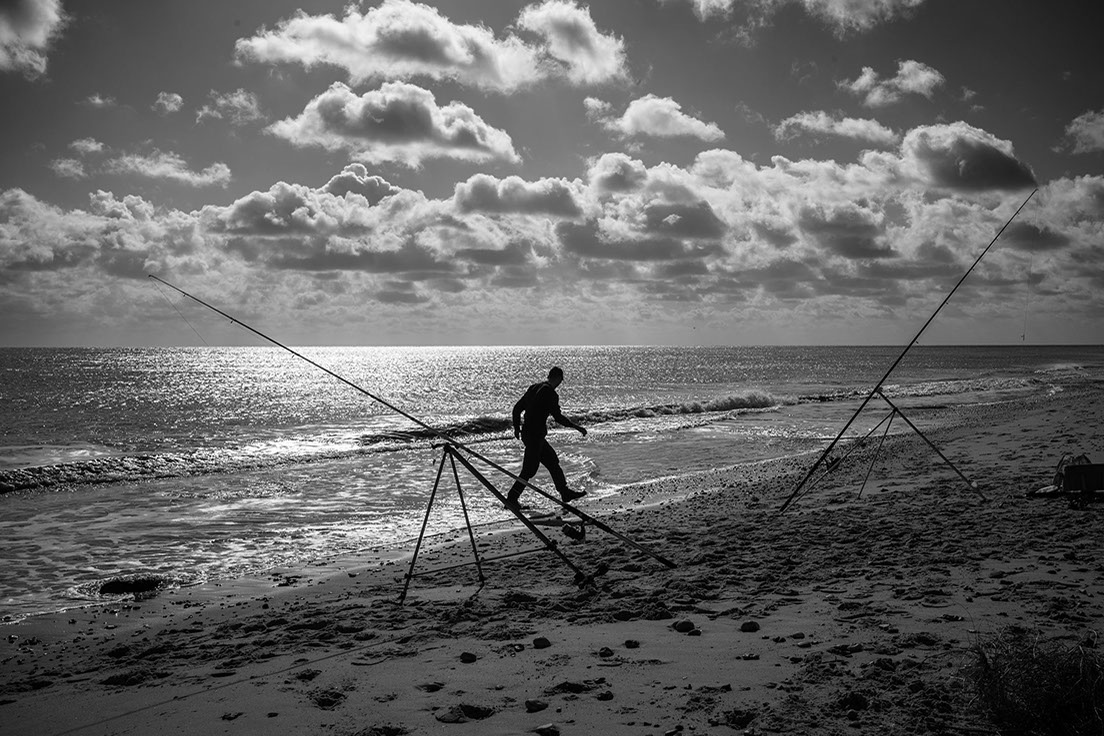
Fishing
Leica M11 M ISO 125 1/5000th f8 35mm Summilux Asph CF
Things worth talking about
Startup time and Power Settings
I've compared the startup / wakeup times to that of the M10 as best as I can. If you are using Live View, then the image comes up on the LCD / EVF on the M10M about 1/2 second more quickly than on the M11. On the other hand, with Live View switched off on both cameras, if you hold down the shutter and switch on the camera then the M11 takes an image about 1/2 second before the M10.
However, the greatly improved battery life on the M11 proves to be a real life saver here. Under Menu / Camera Settings / Power saver mode I have Camera Standby set to Off, and Display Standby set to 30 seconds.
This works very well, wake up is almost instant, and the battery doesn't drain fast if you aren't shooting, even with the EVF attached (unlike the M10 where the EVF seemed to drain the battery incredibly fast). In fact, even enabling Geotagging in FOTOS in Performance Mode doesn't seem to drain the battery very much.
I've only once managed to drain a battery in less than a day (and that was shooting a wedding), and still I only used 1 battery, a quick boost via the USB-C socket and a power brick fixed it for the rest of the day.
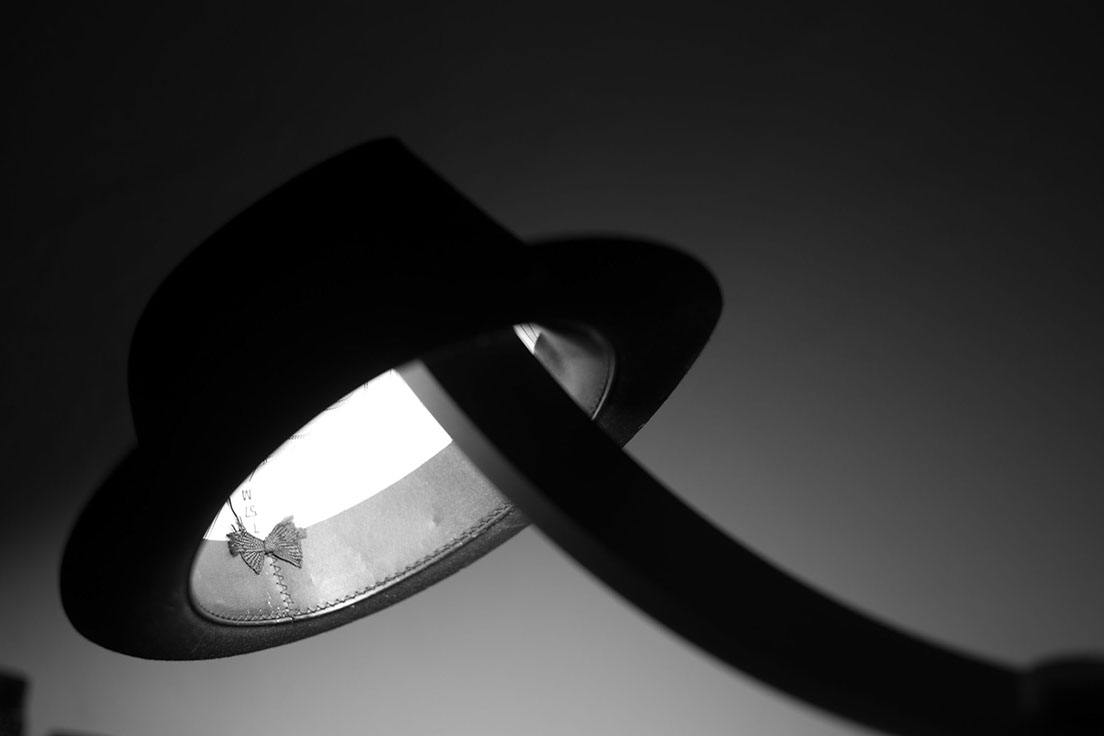
Hatitude
Leica M11 M ISO 500/350th f2.4 75mm APO Summicron M
Full time exposure metering and shutter lag
The shutter lag using the M10 with Live View was noticeable, and significantly longer than with Live View turned off (because of the need to close the shutter before opening it for the exposure).
The M11M is effectively in Live View all the time (even if the EVF/LCD are turned off). This means that the shutter must first close before opening it for the exposure (just like the M10 in Live View).
I wanted to find out whether the M11 suffered from shutter lag the same way as the M10 with Live view, but it's hard to measure shutter lag! In the end I devised an experiment which would measure the difference in shutter lag between the two cameras (rather than measuring the actual shutter lag which needs specialised equipment).
What I found was that the shutter lag on the M11M was effectively the same as that on the M10 with Live View switched off, and much less than the M10 with Live View switched on; which is good news.

JJ at Marnis' Wonderful Wake
Leica M11 M ISO 1600 1/320th f2 75mm Noctilux M
Shutter Noise
The downside of the full time exposure metering is the shutter noise, which is noticeably louder than the M10M, worse than that it's rather complicated sounding compared to the elegant click of the M10M, M10P and M10R. Leica did such a wonderful job damping the shutter in the M10P and it's the only real downside of the M11 and M11M that this has been spoiled
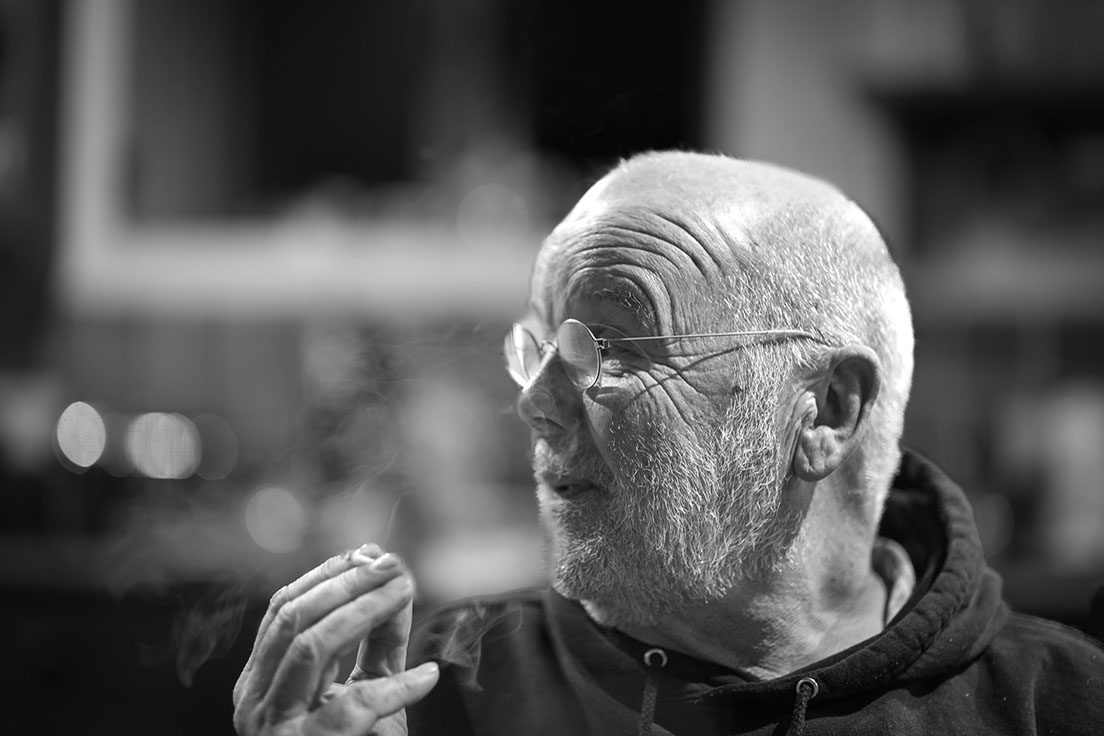
Contemplation
Leica M11 M ISO 1600 1/320th f1.25 75mm Noctilux M
Can Leica Lenses 'resolve 60mp'
I wonder how many times this question will be asked? I've resorted to help from the wonderful Roger Cicala at Lens Rentals for this (not because I couldn't say it myself, but because he says it so beautifully and so convincingly).
Roger's article "More Ultra High Resolution MTF Experiments" can be found here https://www.lensrentals.com/blog/2019/10/more-ultra-high-resolution-mtf-experiments/.
But in this context the real point is his appendix "Why Megapixels are Stupid" where he points out that:
Camera MTF * Lens MTF = System MTF
What that means is that however bad the lens might be, its performance will still be improved by using a better camera (and vice versa).
Using the M11M will improve your results from vintage glass just as it does with modern APO lenses. Of course the lack of a Bayer colour filter means that the M11M will improve image quality even more than the M11.
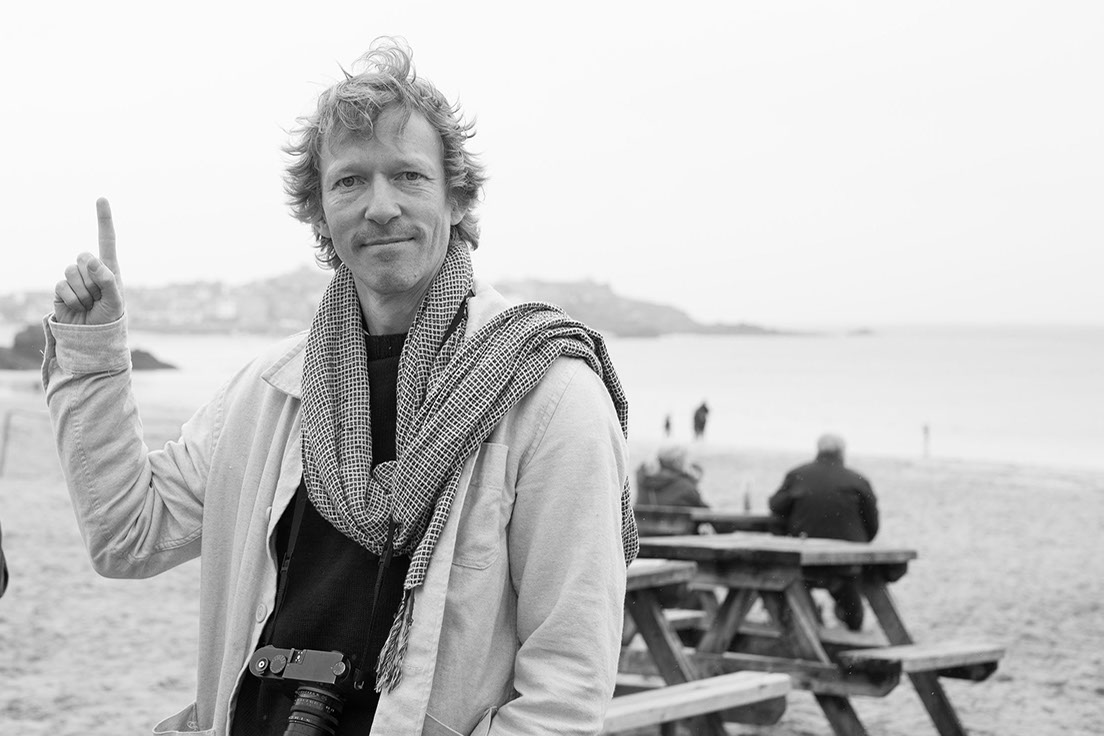
It's up there
Leica M11 M ISO 125 1/1250th f2.4 35mm APO Summicron M
Tough (oh yes) (don't do this at home!)
When I test cameras that is just what I do, they don't get babied because that isn't the point. On the other hand, generally speaking I don't test them by dropping them from more than a metre (say 4ft) from the back of our van onto a tarmac road, it doesn't seem fair. More than this, I don't do it when my own personal 35 APO Summicron is attached!
Except that's exactly what I did; My backpack tipped over, the top opened and the camera dropped out . . it rolled off down the road, I don't think I need to explain the pain that this caused me. I can feel hundreds of Leica users cringing as they read this.
My M11 now has small chip on the corner of the top plate and a scuff on the ISO dial (which still works perfectly). This was from where it actually hit the road, there are no marks on the paintwork from where it rolled (just a bright mark and a ding on the lens cap for the 35 APO). Of course I was lucky, but still it shows that the camera is tough, indeed, I feel that the removal of the base plate has probably made the camera more rigid and resilient.
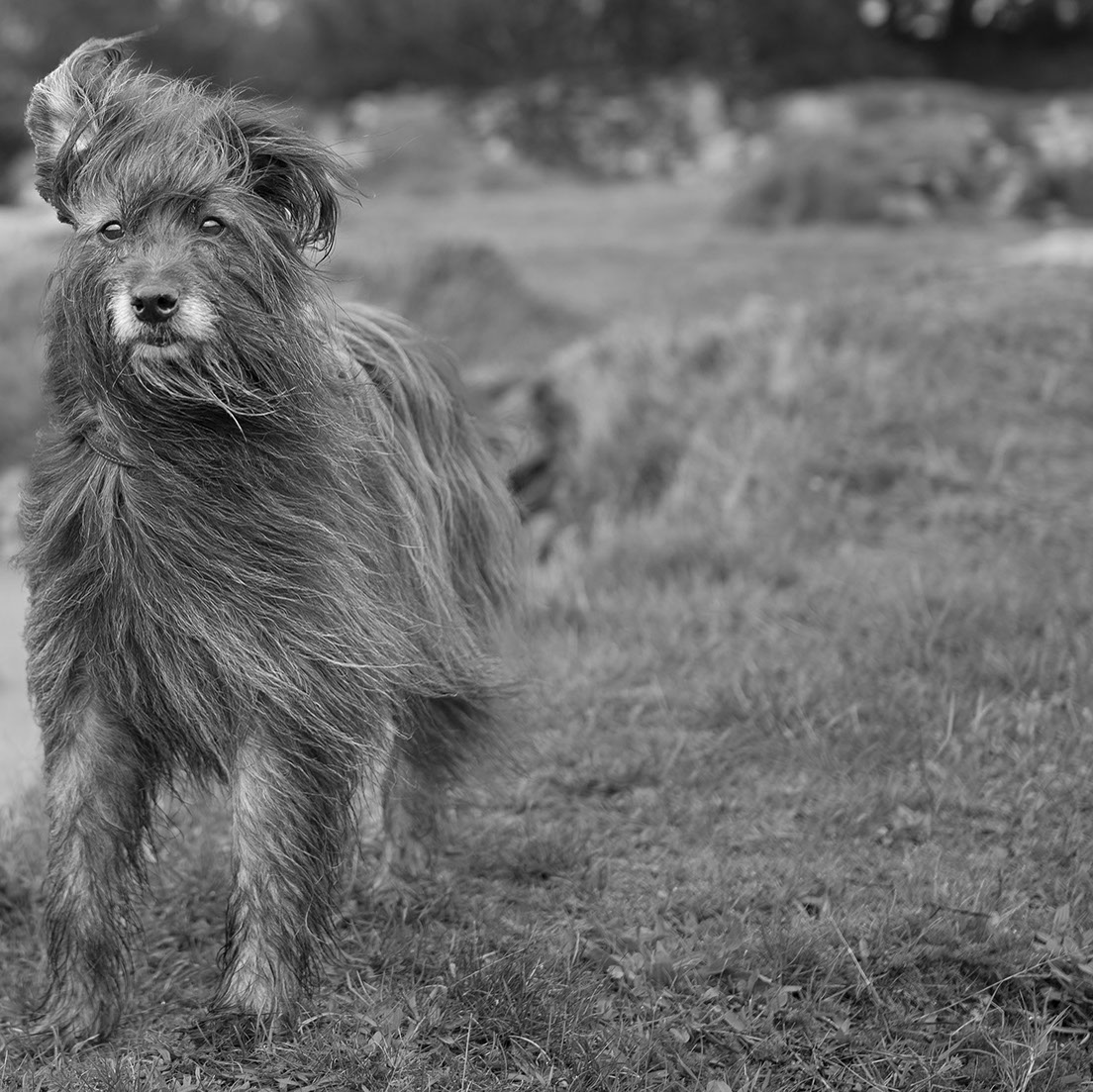
Concentration
Leica M11 M ISO 125/400th f2 35mm APO Summicron M
This was over a year ago now, and with the M11 rather than the M11M which, over the last 8 months has been on long dusty walks in Crete and the Canaries, and wet ones in Cornwall. I've managed to avoid dropping it and to be honest, it might as well be described as mint condition!
The Christmas before last I was given a splendid modern waterproof jacket, and we went off to the Suffolk Coast to test it out it on a particularly nasty winter morning. It wasn't raining much to start with, but after 2.1/2 hours when we got back to the van I found that the jacket had actually become pretty waterlogged (so much for 100% waterproof!). I simply hadn't realised how bad the weather was. I was shooting with the M11, which had either been over my shoulder or in my hands (I took a lot of photos, it's an atmospheric place!). It had been switched on for the entire time.
When we got home I dried off the outside of the camera (which was very wet) I then checked in the battery/SD compartment and the lens mount and everything was completely dry. My coat was waterlogged and weighed almost a kilo more than it did when we started!
Of course you shouldn't try this (and I didn't mean to), but I think this shows that the M11 and M11M are really tough - really really tough.
Dragon Trousers
Leica M11 m ISO 125 1/5000h f2.8 35mm APO Summicron M
Concentration
Leica M11 M ISO 2000 1/250th f2.4 50mm Noctilux f1.2
Changes Summarised
Superficially the M11M looks like an M10M with higher resolution, but actually it's quite a revolution in terms of image quality, connectivity and functionality. To sum up:
- The new base improves weather sealing and strength
- New black paint option is very resilient with grippy finish
- Aluminium top plate makes it the weight of an M6.
- Sapphire Crystal LCD cover (very scratch resistant)
- Button layout is now the same as the SL2 and Q2
- 3 New programmable function buttons (Fn, top-plate, thumbwheel)
- New battery with 700 shot CIPA standard (this has proved modest)
- 256Gb of very fast internal memory
- Brand new and faster Maestro III processor
- New monochrome 60mp BSI CMOS sensor with excellent dynamic range
- Full time off-sensor metering (much more accurate, no extra shutter lag)
- Electronic Shutter (up to 1/16,000 sec)
- USB-C Charging,
- PTP and Apple MFI connectivity using USB-C port
- Direct connection from camera to Lightroom via USB-C cable
- Improved FOTOS app allowing filtering selections
- Tethering via FOTOS app
- Geotagging via FOTOS app
- New well constructed EVF with bigger and brighter image (like Q2)
- LCD Display with double the pixel count of the M10
- Image stabilised monitor on the EVF and LCD (not the sensor!)
- Combined Quick Menu and status screen
- Menus changed to be even more comparable with Q2 and SL2
- Improved menu system for uncoded M lenses
- Digital Zoom mode with framelines for 1.3 and 1.8 crops
- Variable DNG size (18.4mp, 36.5mp and 60.3mp)
Specific M11M advantages over the M11 are:
- Sapphire Crystal LCD cover (rather than toughened glass)
- 256Gb of very fast internal memory (as opposed to 64Gb)
- Unobtrusive design without red dot or logo
- Lack of Bayer Colour Filter improves noise performance, ISO sensitivity and monochrome tonality.
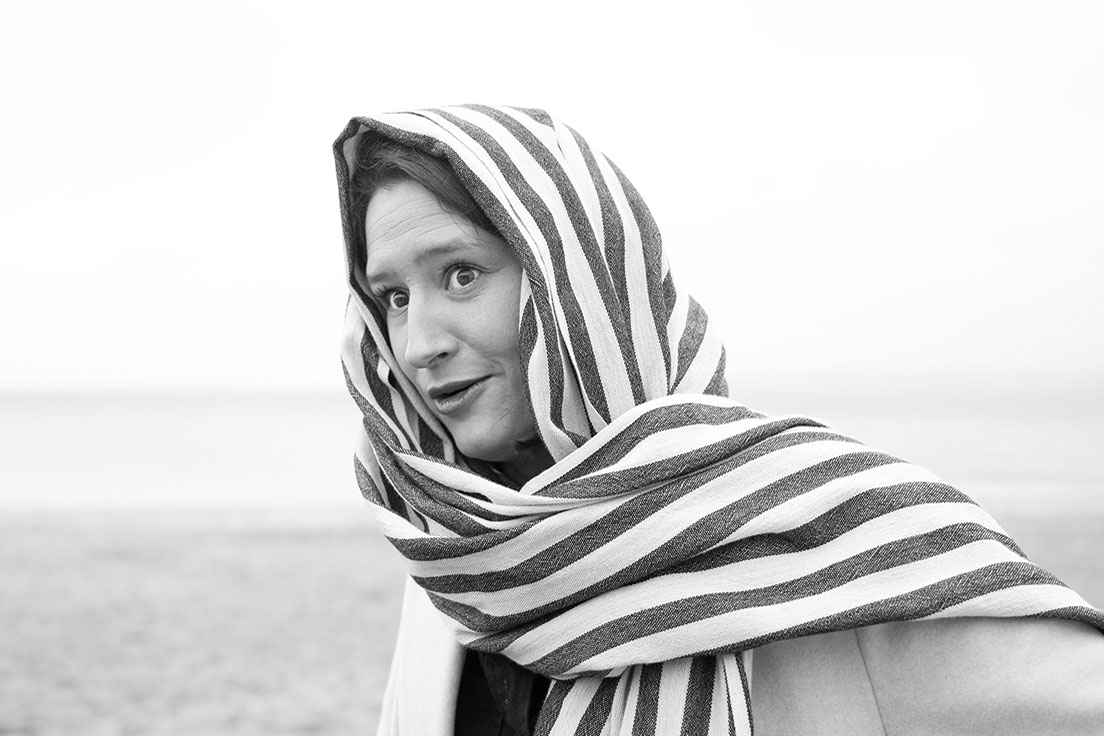
Oh Really?
Leica M11 M ISO 125 1/250th f4 35mm APO Summicron M
Image Quality compared to the M11
Sadly I didn't have an M10 Monochrom to compare with the new camera; However, Sean Reid did have one and has done some detailed comparisons, his site is a pay site, but it's well worth the price of entry and once you're in there are no ads - if you are considering upgrading from the M10M and you would like to see some direct comparisons between the M11 Monochrom and the M10 Monochrom then head over to reidreviews.com.
The Leica Monochrom cameras dispense with the Bayer colour filter, and also with the demosaicing algorithms which use groups of 4 colour filtered pixels (2 green 1 red and 1 blue) to generate colour from the CMOS sensor (which is only sensitive to light intensity and not colour). Theoretically you might expect 4 times better resolution, but modern demosaicing algorithms are good, and so the resolution change isn't that dramatic.
When the M9 Monochrom arrived it was pretty clear that the lack of a Bayer filter made a significant, visible and useful difference to the 18mp resolution of the M9 with the Bayer filter, perhaps twice as good resolution in real terms.
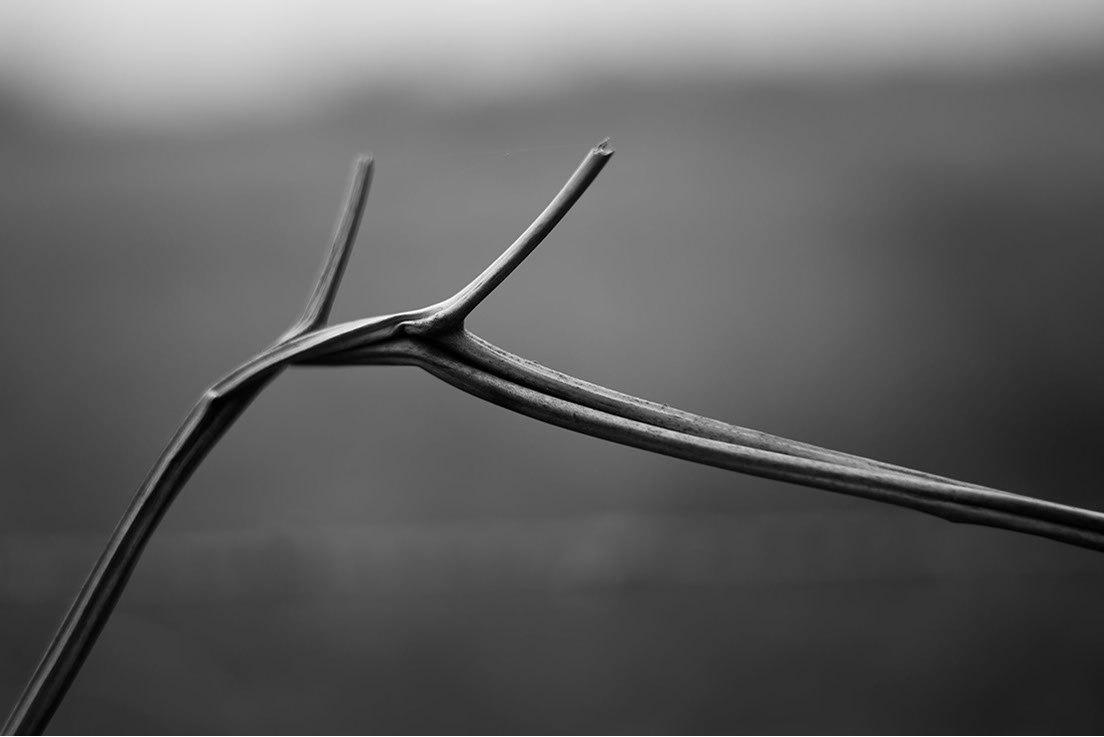
Bracken Stag
Leica M11 M ISO 125 1/500th f1.7 50 mm Summilux Asph
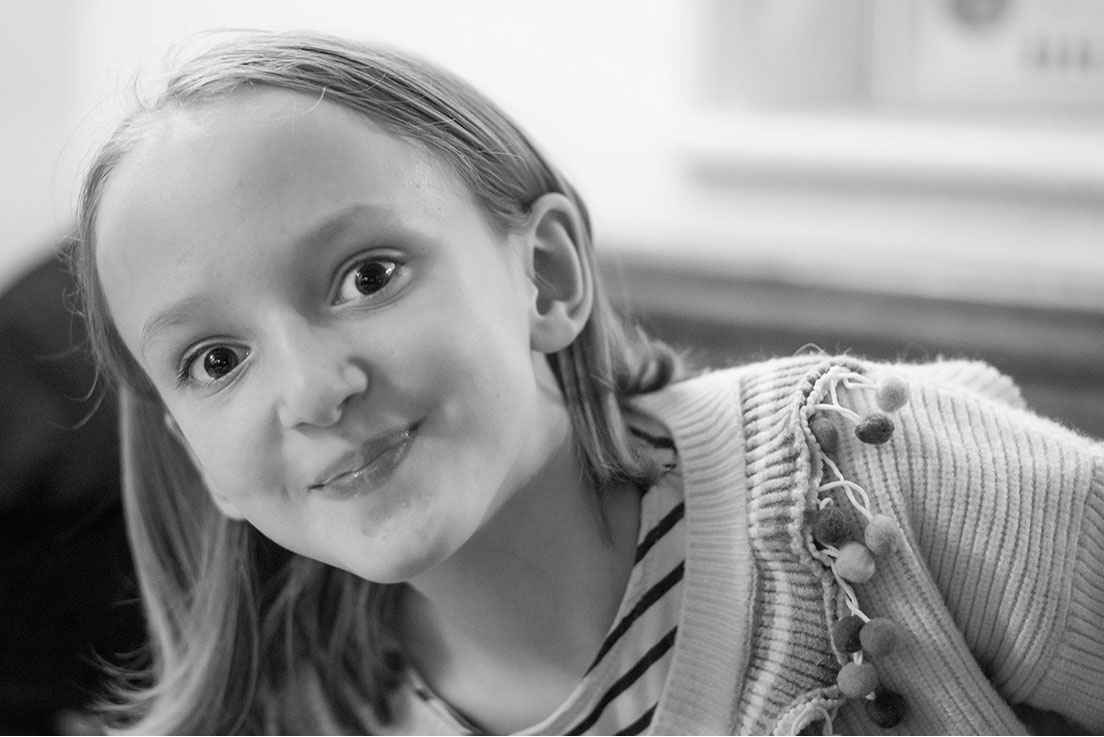
The Wrong Eye (Startlums)
Leica M11 M ISO 125 1/500th f1.4 50mm Summilux M Close Focus
Since that time processors have improved dramatically, allowing more sophisticated demosaicing routines to generate colour images, so the advantages of a Monochrom sensor are probably not quite so significant. Added to that, the M11 has 60mp, and even if the Monochrom represented a doubling in resolution, that might only be significant for very very large prints.
The other effect of removing the Bayer filter is to increase the base ISO of the camera, because more light reaches the sensor. typically the base ISO of Leica Monochrom cameras is twice that of it's colour partner. Of course this also has an effect on the noise levels at high ISO.
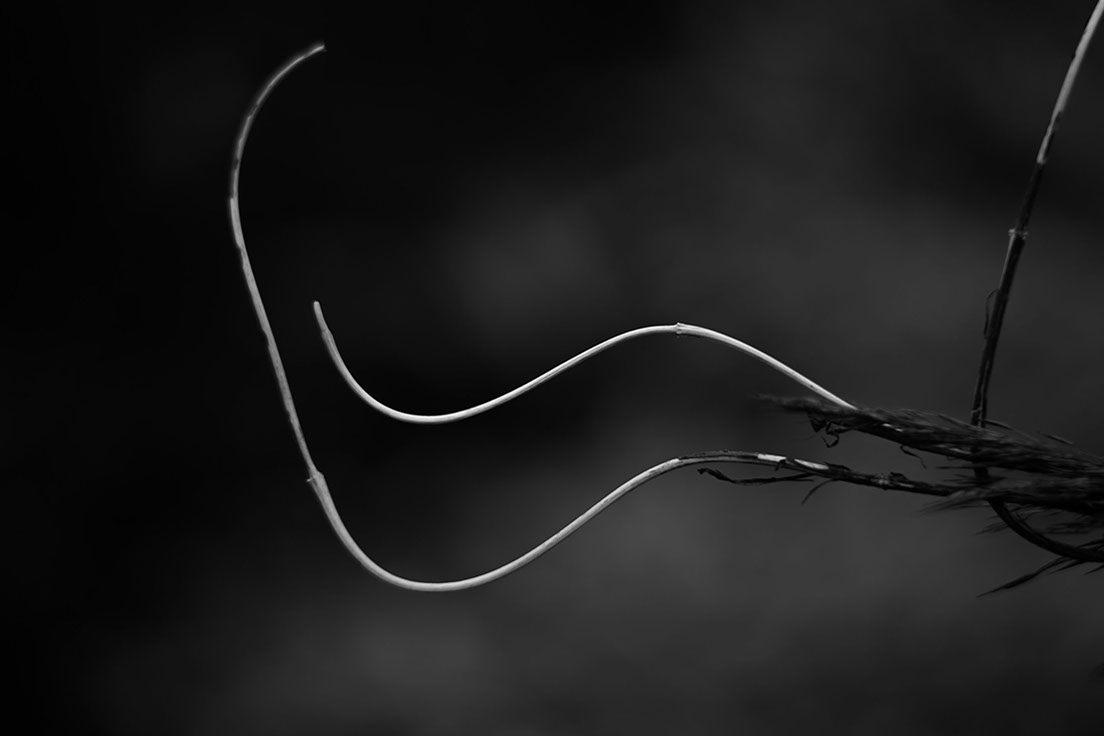
Curlicue
Leica M11 M ISO 125 1/1250th f2.8 50mm Summilux M Close Focus
Resolution
The M11 is so good at high ISO and the black and white conversions are lovely, so I wanted to look at these aspects and see how much of an advantage the M11 Monochrom provided.
These tests were all done on a tripod in intentionally poor light indoors, but using natural light from a window. I used straight black and white conversions in LR from the M11 colour files (and there is some difference between the 'colour' of the M11 and M11M - look at the 200 ISO comparison.
I'm not going to post hundreds of images here, but my conclusion is that although there is more detail in the M11M files at base ISO, it would have to be an extremely critical application where this difference was relevant, even in very big prints.
In these cases the M11Mono is on the left
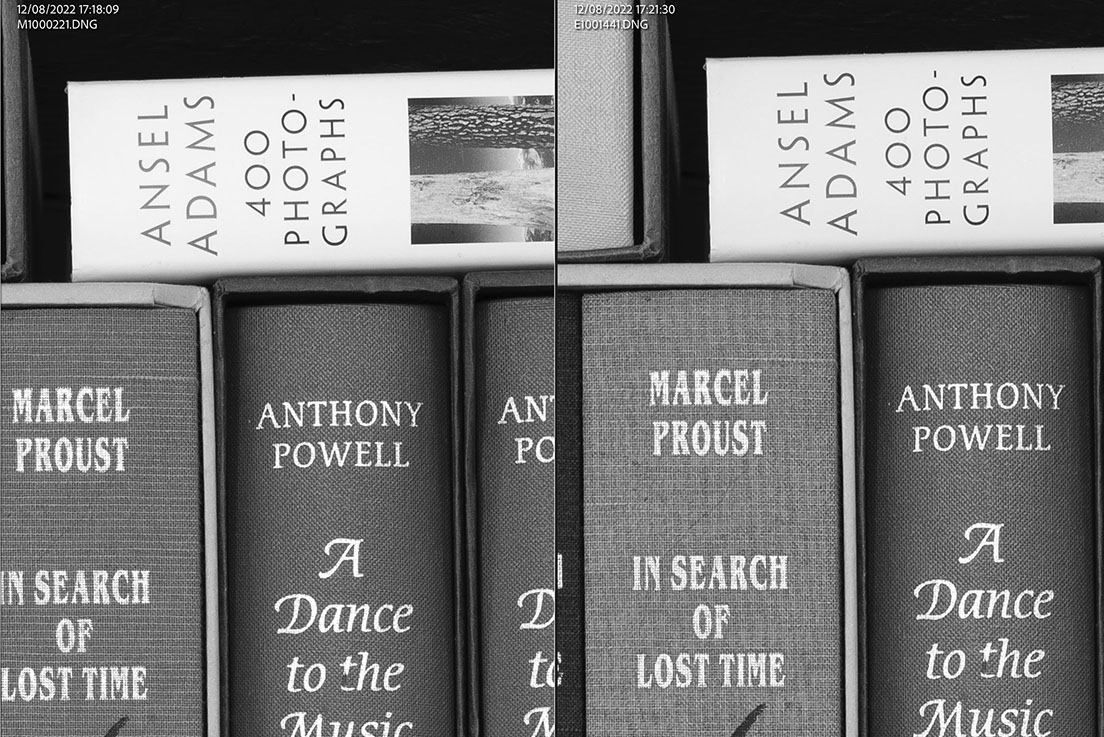
M11 Monochrom vs M11 at base ISO 200% crop
High ISO
By 1600 ISO the differences are becoming more obvious, and by 64,000 the difference between the M11M and the M11 are quite startling.
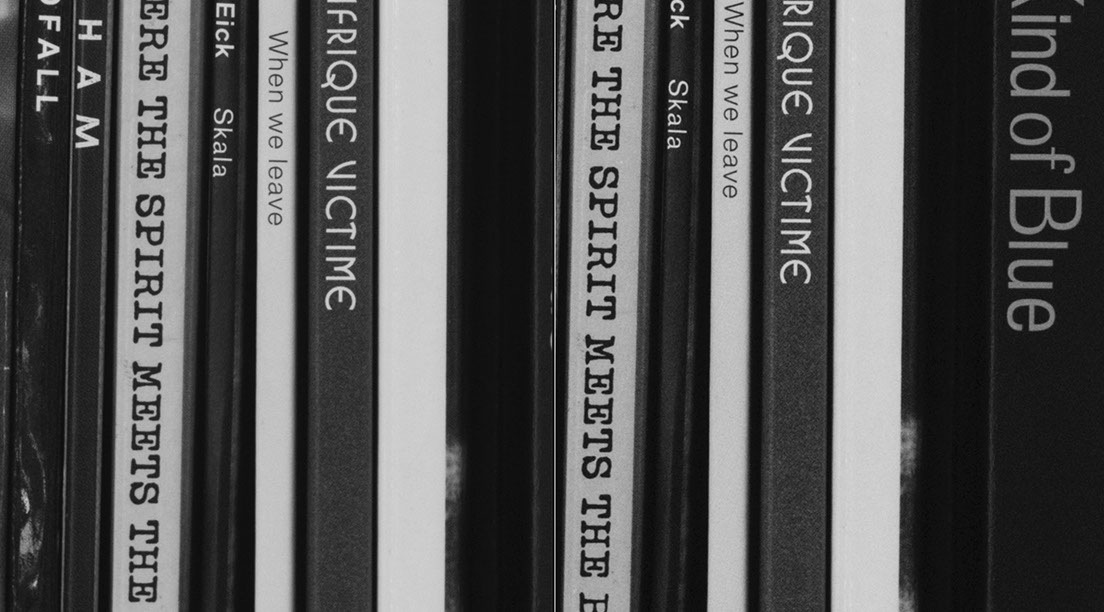
M11M vs M11 at 1600 ISO 200% Crop
at 6,400 ISO
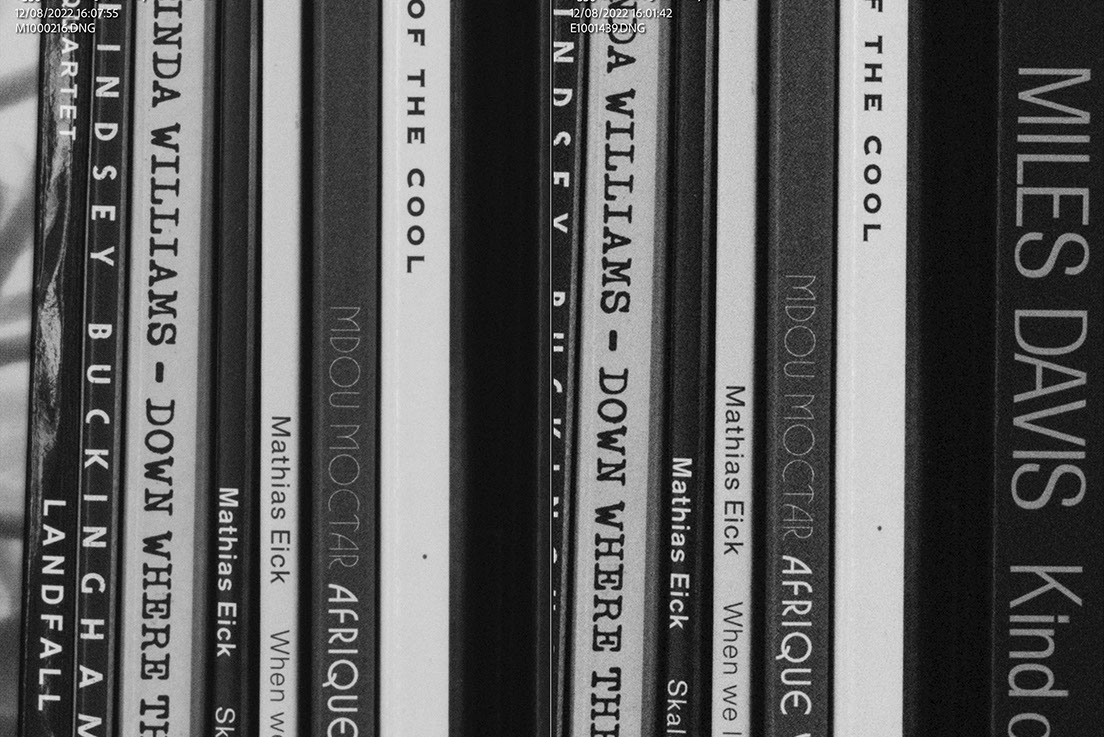
M11 M vs M11 at 6,400 ISO
By 50,000 ISO the monochrom files are still quite usable, whereas the M11 files are verging on unusable.
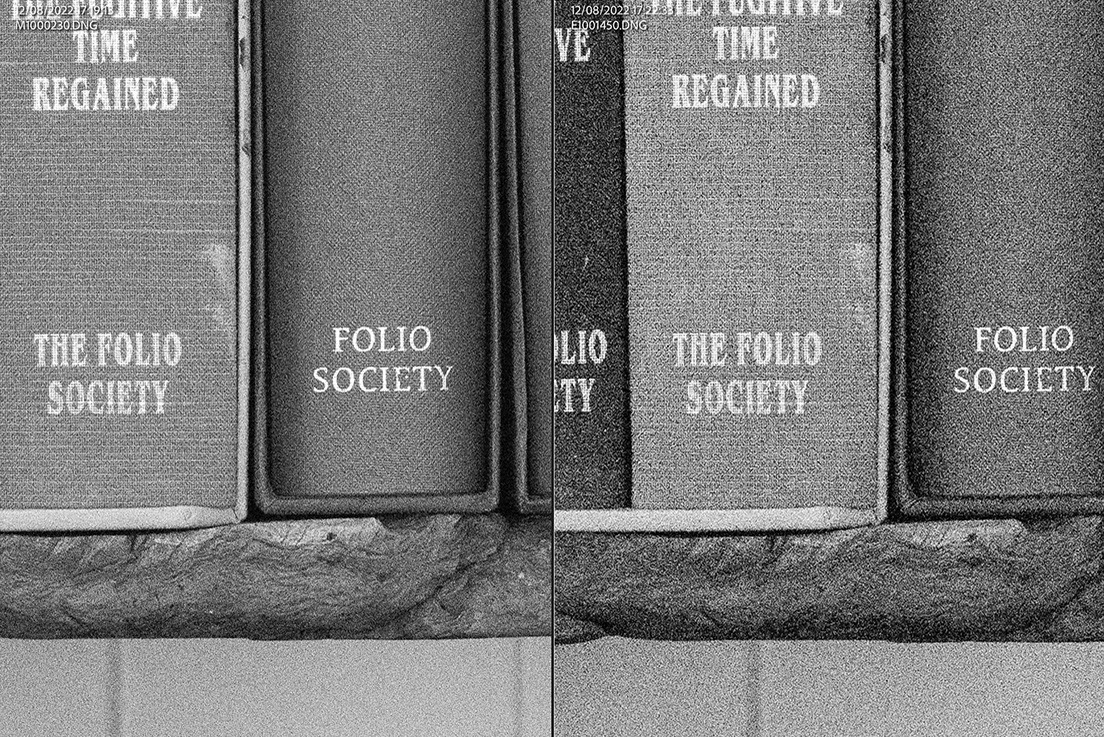
M11M vs M11 at 50,000 ISO 200% Crop
A comparison of the Monochrom at 12,500 with the M11 at 3,200 seems to me to suggest that the Monochrom has about a two stop advantage at higher ISO, which is pretty significant if you're shooting in very low light.
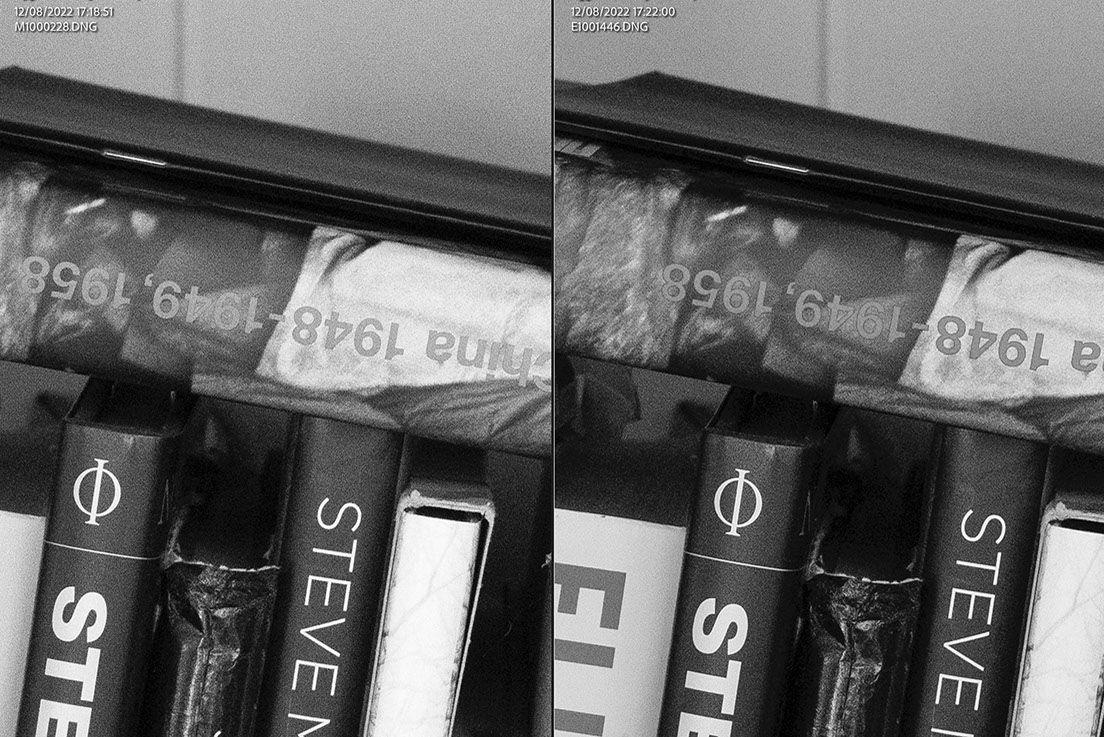
M11M at 12,500 ISO vs M11 at 3,200 ISO
What's more, the dynamic range on the Monochrom sensor is incredible, as long as you are careful not to overexpose you can get good detail out of areas which superficially look completely under exposed.
In this instance the image was under-exposed by about 6 or 7 stops (Lightroom only allows a 5 stop exposure increase) here it is +5 stops
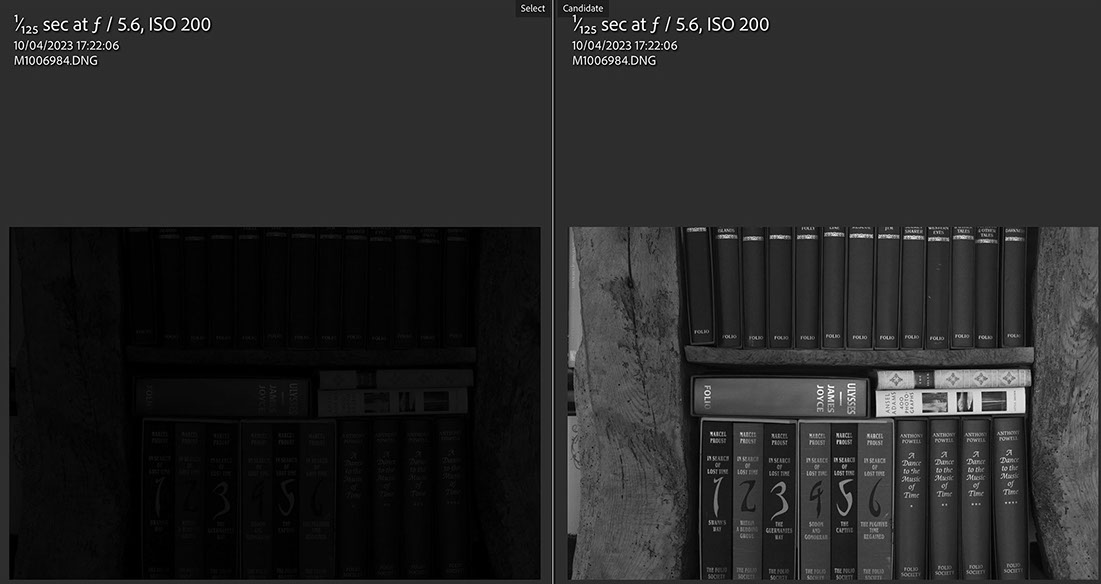
M11M underexposed by 7 stops (left) raised by 5 stops in Lightroom (right)
Here is the finished comparison with a little contrast boost and shadow increase
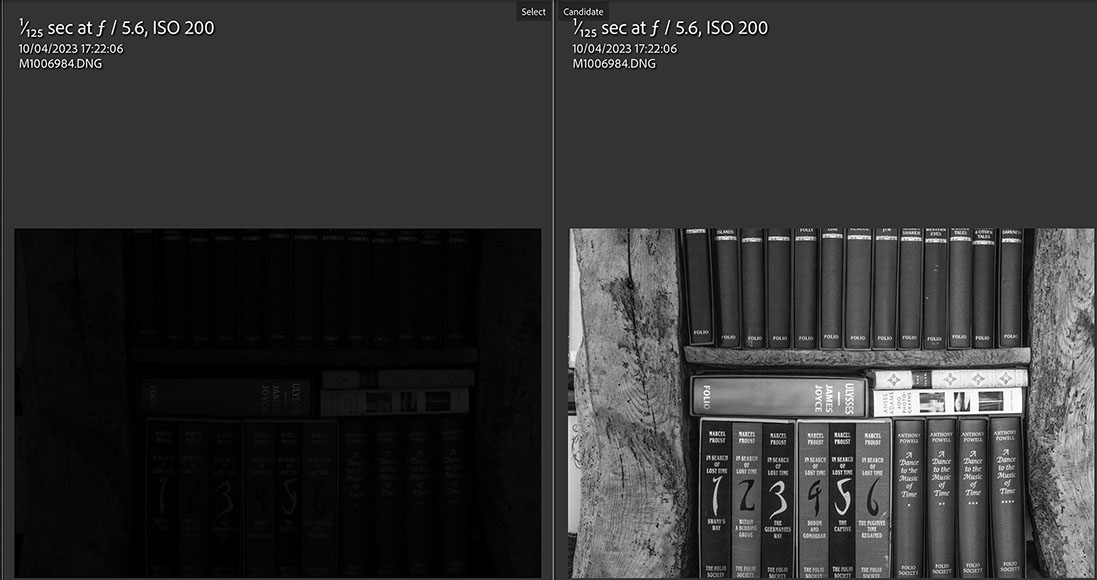
Underexposed by 7 stops on the left, recovered on the right.
Spectral response
Having noticed that there was some difference in the grey shades of the standard Lightroom black and white conversion, I thought it would be worth having a look into this, so I requisitioned a set of coloured buckets from the ponies, these proved to be a perfect sample!
Here is the difference between the M11 and the M11M when first imported. Just to keep you on your toes, in these images the M11Mono is on the right!

Pony Buckets - M11 vs M11M
Here is the difference with the M11 converted using the straight Lightroom profile

Here is the closest I could get using the channel mixer to convert the M11 Image
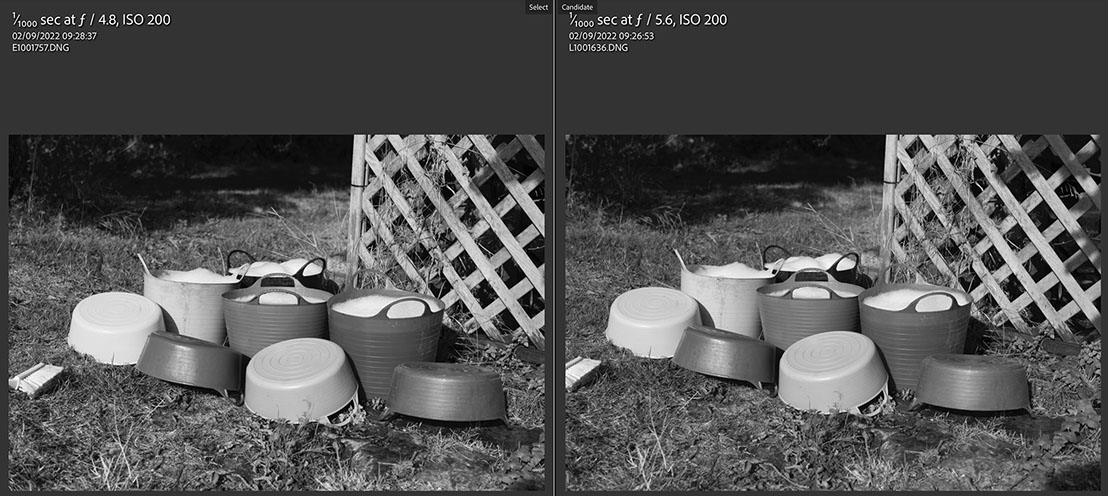
Here are the colour channel settings in Lightroom which got closest
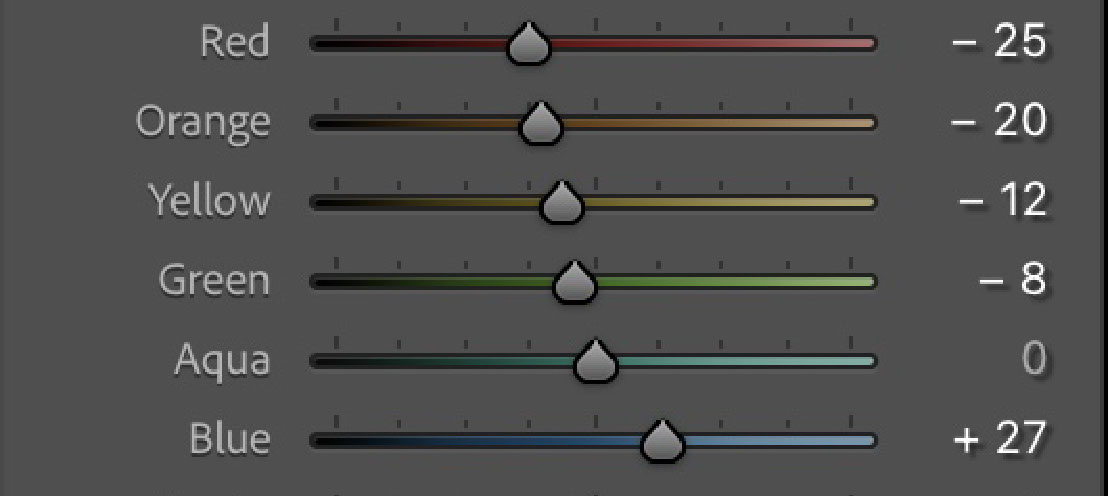
I'm not sure that this has very much significance it real life, but it does suggest that the blue channel is boosted a bit in the M11M.
I thought it might be fun to do a comparison between the M9M and the M11 Monochrom, just to see if they behave the same way
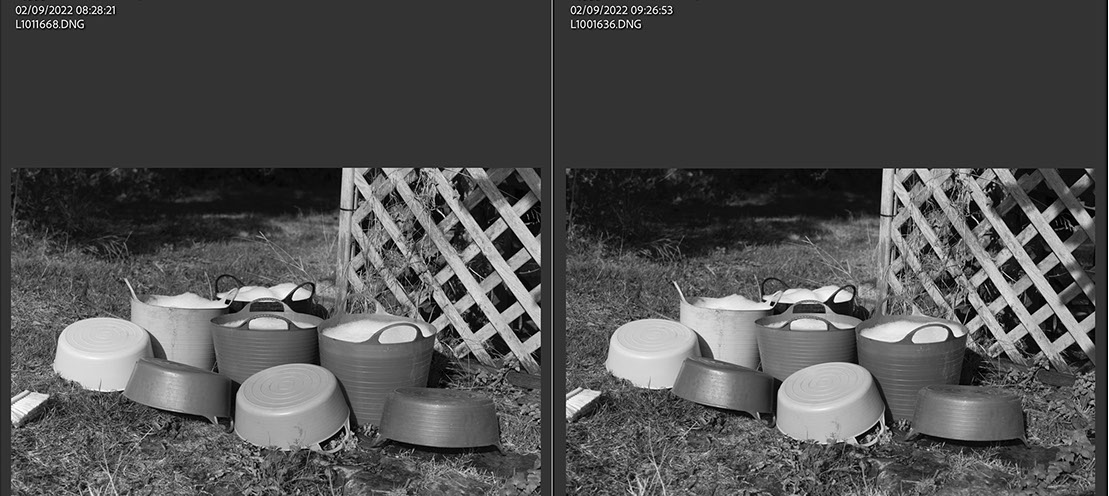
You can see here that the old M9 CCD (on the left) doesn't boost the blue channel as much as the new M11 Monochrom.
I'm not sure how significant these differences are, but it's worth being aware of them. Clearly they are as a result of the lack of a colour filter array, of course you can change this by adding colour filters to the front of the lenses.
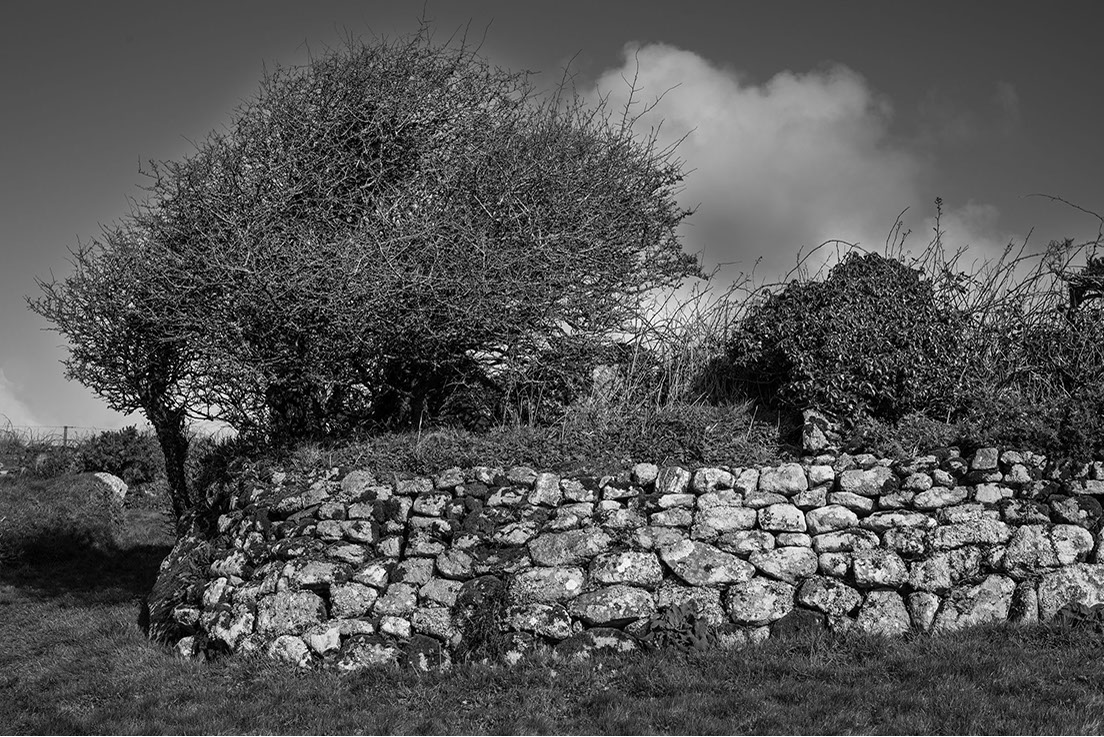
Carn Euny
Leica M11 M ISO 125 1/640th f9.5 50mm Summilux M Close Focus
Leica FOTOS and the M11M
MFI compatibility means that the M11 was the first Leica camera to be accredited by Apple to be compatible with iOS for both the iPhone and the iPad. this means that there is much better GPS tagging using low power Bluetooth via FOTOS.
The M11M currently has the fastest WiFi file transfer to FOTOS v3.2 of any of the Leica cameras. FOTOS allows connecting both by cable and by WiFi, and you can now filter selections by Favourites, and File Type, Downloaded / not downloaded. It works very well, especially using WiFi. As of now the cable is not nearly as fast!
Downloaded images can be transferred directly to Lightroom Mobile.
Remote control and 'Tethering' both work with the M11M, especially with WiFi.
In conjunction with the low power Bluetooth and FOTOS, Geotagging now works really well with the M11M (and M11). although you mustn't 'unload' FOTOS on your phone it doesn't need to have focus.
One Lane
Leica M11 m ISO 125 1/5000th f4.8 50 mm Summilux M (close focus)
Another Lane
Leica M11 M ISO 125 1/8000th f5.6 50 mm Summilux M (close focus)
But why black and white?
I think there are three important answers to this question.
If you always shoot black and white; in this case it seems obvious to shoot with a monochrome camera and get the best possible image quality for the size of the sensor.
If you want the best possible quality of images from a 35mm sensor. Indeed it could be argued that the quality of the files from the 60mp Monochrom are equivalent to 100mp medium format cameras with a Bayer filter.
If you want the discipline which shooting with a black and white camera imposes on the photographer. Shooting with a black and white camera encourages you to 'think' black and white.
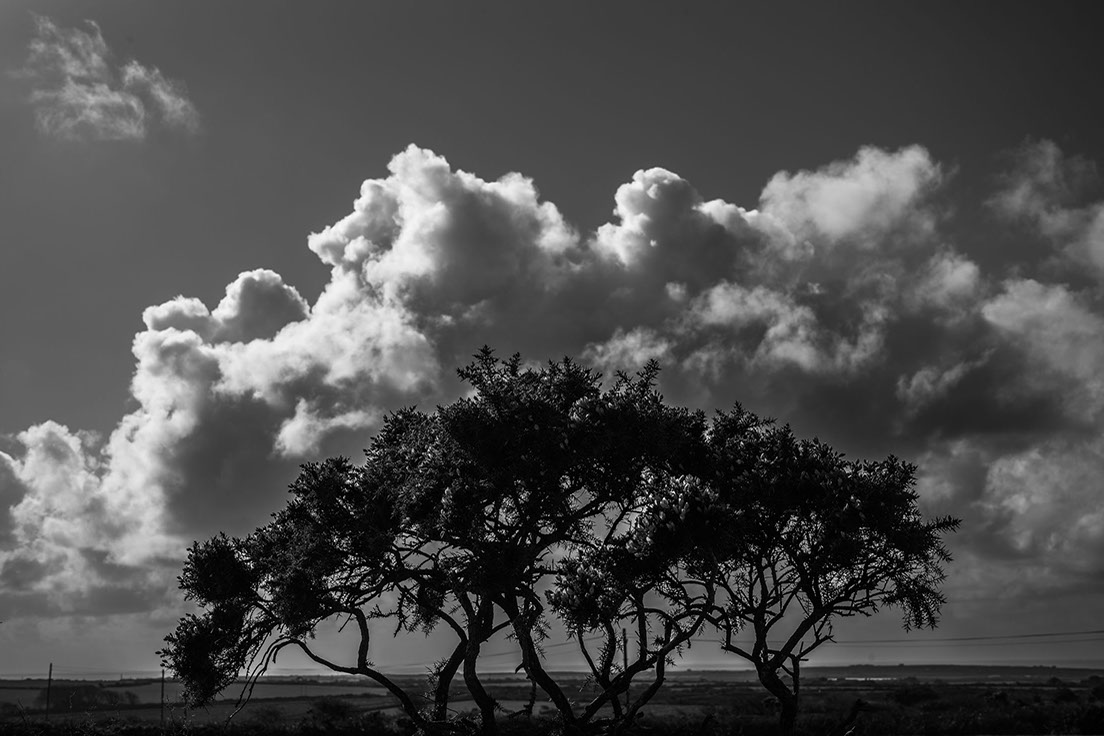
Gorse and Clouds
Leica M11 M ISO 125 1/1600th f4.8 50mm Summilux M Close Focus
Conclusion
Sadly I haven't been able to do direct comparisons with the M10M, but my instinct is that if image quality is your only concern, and you already have the M10 Monochrom, then you won't want to upgrade unless you want the better high ISO characteristics of the M11 Monochrom.
Indeed, I talk to quite a lot of people who feel that the M10 family is the last 'real' M, and that the loss of the baseplate is the last straw. But I suspect they haven't spent a lot of time with an M11!
Writing this article has made me realise how good the M11M really is, and some of the features which weren't quite working when the M11 was released are working now (and are also working for the M11).
The inexcusable bottom
Leica M11 m ISO 8000 1/200th f2 50 mm Summilux M (close focus)
The Conjunction
Leica M11 M ISO 1250 1/30h f4.8 50 mm Summilux M (close focus)

Mr Cotillo
Leica M11 M ISO 6400 1/200th f2.8 50mm Summilux M Close Focus
The advantages of the M11 are so many and obvious, principally in terms of battery life and the new sensor, the electronic shutter and connectivity with FOTOS.
The M11 Monochrom is a wonderful camera. I've listed 26 improvements above, and I'm sure I haven't thought of them all.
If you always take black and white images, or if you have projects which are black and white, then the Leica M11 Monochrom is quite simply the best option available to you, providing both an excellent shooting experience and peerless image quality.
Leica were incredibly brave to announce the M9 Monochrom back in 2012. That bravery has paid off and this is the latest in a line of excellent cameras. I hope that they will come up with an even better camera in another 5 years or so, but in the meantime this one is quite a triumph.

Nik Bartsch at the Wigmore Hall
Leica M11 M ISO 6400 1/125th f5.6 50mm Summilux M Close Focus
The Images
I always shoot DNG, and then process the images in Lightroom, all of these images have been processed one way or another, mostly by exposure and contrast adjustments and by cropping
When I chose the images to go with the article, I did not zoom in to see if they were sharp or had motion blur or were out of focus (or had artifacts from over-processing!). I chose them because I like them, not because they are technically good. Obviously I do my best to make every image technically good, but I don't let that get in the way of a good photo!
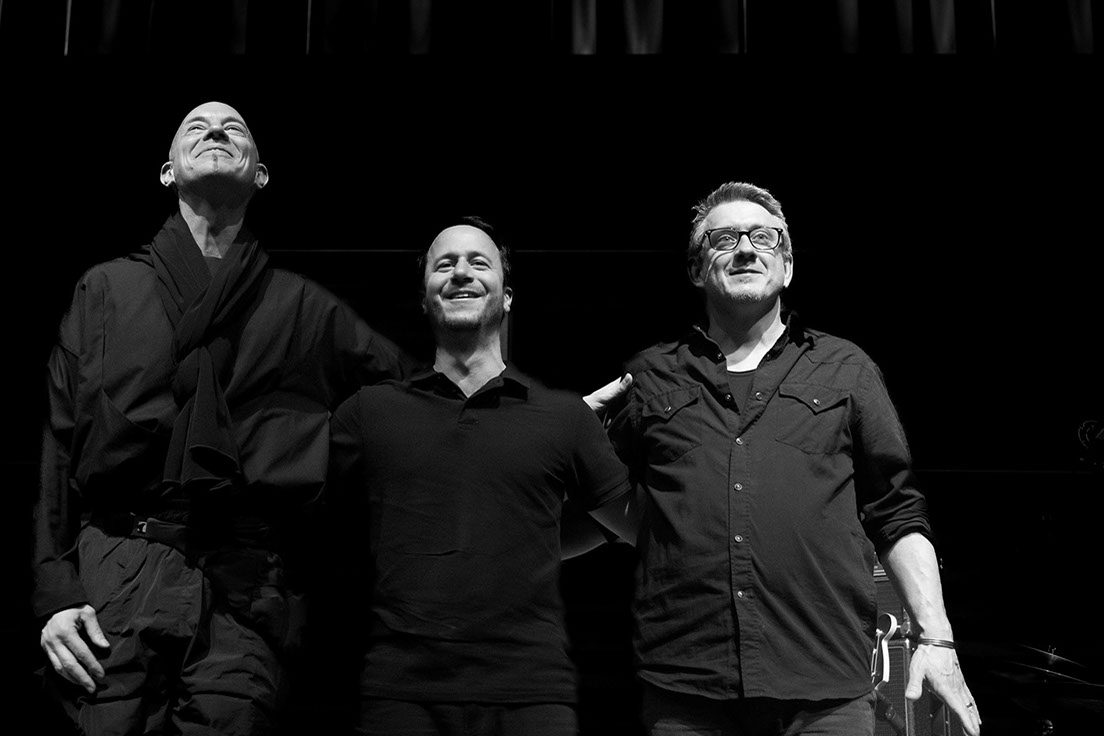
Nik Bartsch Ronin at the Wigmore Hall
Leica M11 M ISO 6400 1/125th f5.6 50mm Summilux M Close Focus
Acknowledgements
First of all I'd like to thank Emma, who puts up with my anguish about getting these articles right, and my staying up late to get them done.
The guys at Leica are wonderfully helpful, in this case Christoph Mueller has been the patient star, but I'd also like to thank Murat Akkas, Jesko Oeynhausen and Stefan Daniel for helpful and delightful. Not just for being helpful to me, but for their real commitment to bring the best possible camera to market.
I'd also like to thank all the crew at the Leica User Forum Beta forum - you know who you are! Also to Leon Baumgardt and Andreas Jurgensen at LUF.
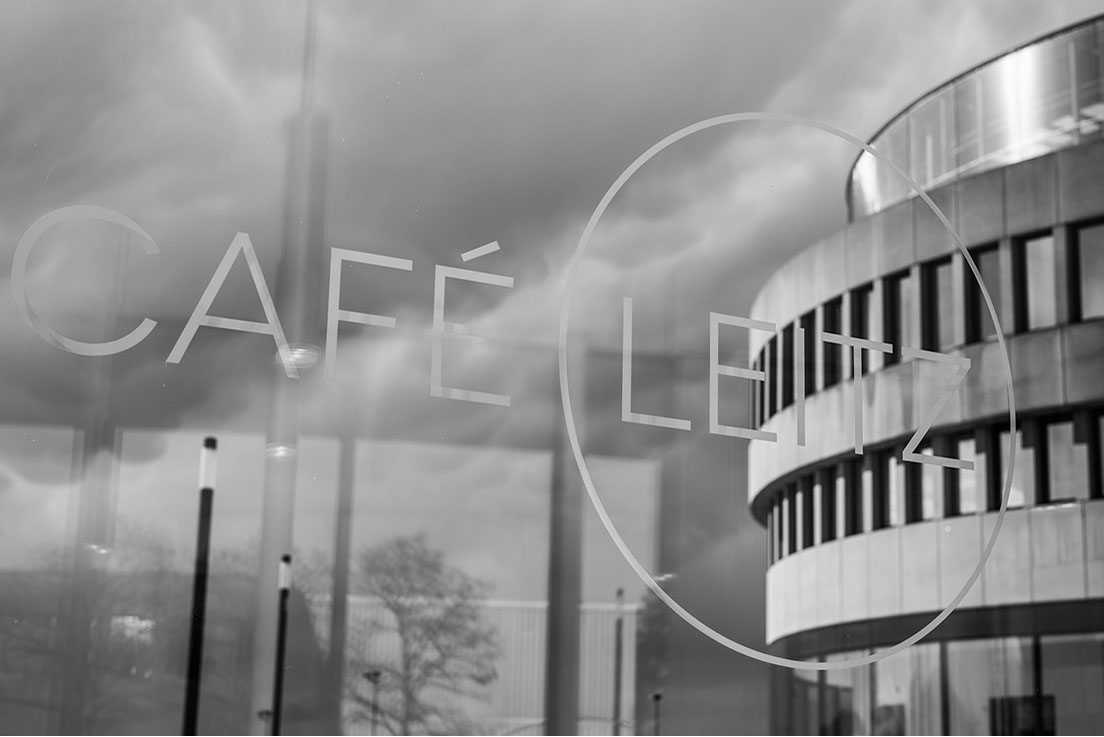
Cafe Leitz Wetzlar
Leica M11 M ISO 125 1/800th f5.6 50mm Summilux M Close Focus
Links
Here is a link to my article on the new 50mm Summilux Asph Close Focus
My Friend Chats has written a review of the M11 Monochrom
My old friend Sean Reid at (reidreviews.com) will be publishing a series of articles starting today.
It is a pay site but well worth taking a look.
This is what he has planned:
"Today he has published his field review of the M11M and it is the first in a series of articles which will cover:
* Studio tests comparing the M11M, M10M and M11 at various ISO levels (and various DNG size settings)
* Studio tests comparing resolution and vignetting of the M11M, M10M and M11 with two 35 mm lenses
* Studio tests comparing resolution and vignetting of the M11M, M10M and M11 with a challenging 28 mm lens and a challenging 21 mm lens
* Theater photography with the M11M
* Tests of the M11M's response to various color filters (which are designed to alter tonality)
* Studio tests comparing highlight headroom and apparent native ISO of the M11M, M10M and M11"
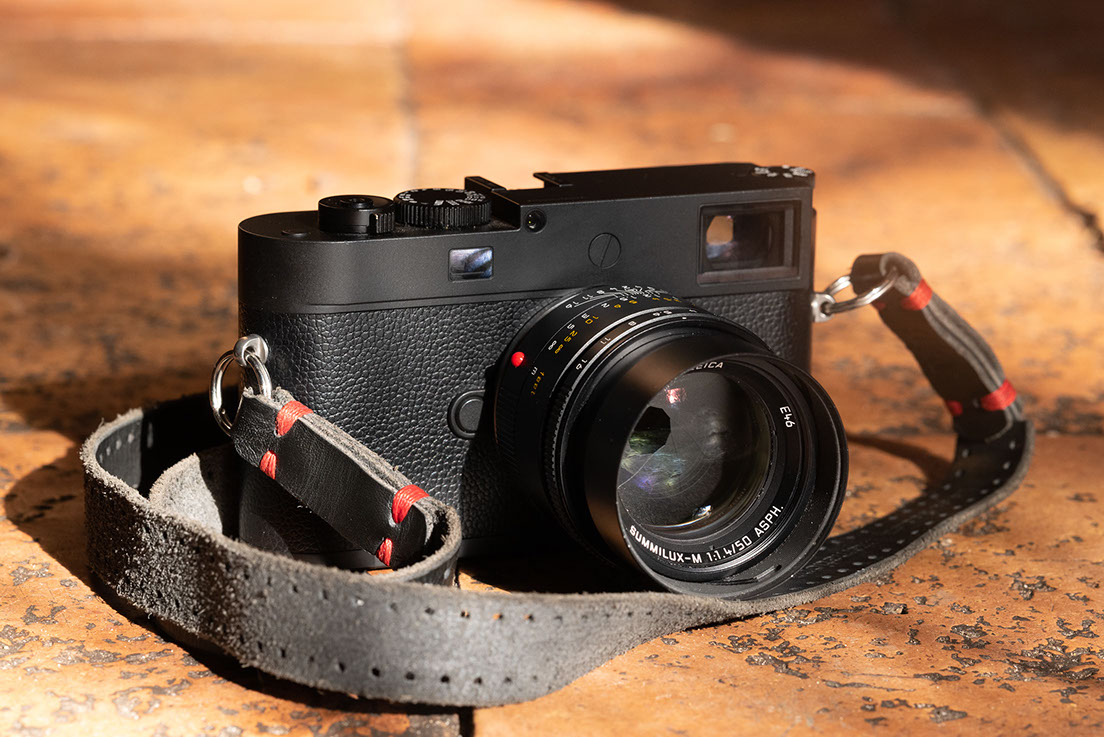
The Leica M11 Monochrom with the new Leica 50mm Summilux M Close Focus Asph.
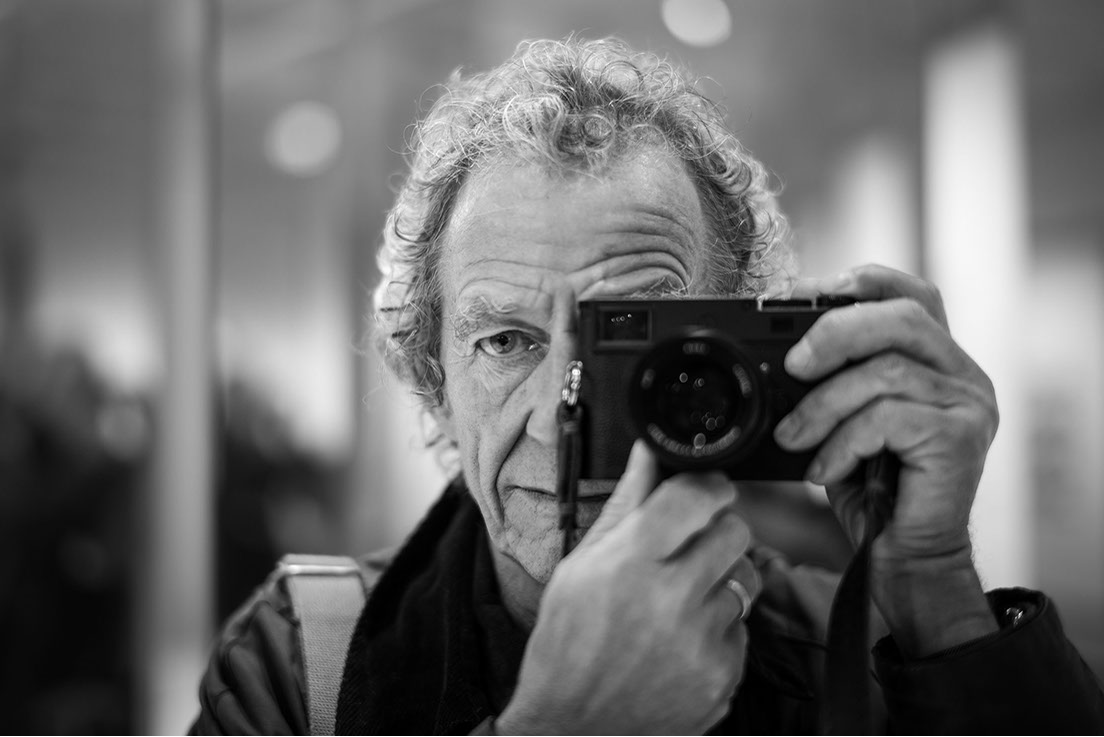
In the Lift at the Leitz Hotel in Wetzlar
Leica M11 M ISO 200 1/125th f1.4 50mm Summilux M Close Focus

